A capital call is an essential component of private equity fund management. It involves a request to investors to release a portion of the capital they committed to when they subscribed. This mechanism allows the fund to finance its investments and cover its management fees gradually and efficiently.
What is a Call for Funds?
When subscribing to a private equity fund, investors commit to a total amount, called a "commitment," which is not paid all at once. Capital is called up gradually, depending on the fund's needs.
The call for funds therefore refers to the official notification issued by the management company, inviting the investor to pay a fraction of their commitment, according to a specific schedule and investment strategy.
Why is this mechanism preferred in Private Equity?
There are several reasons for using staggered calls for funds:
- Capital optimization : only the required amounts are mobilized, thus limiting uninvested cash.
- Flexibility for the investor : the capital is not immediately tied up in its entirety, allowing for better cash flow management.
- Alignment with investment pace : Funds are raised as concrete opportunities arise, ensuring efficient use of capital.
The approach Altaroc : an architecture with deferred calls for funds
At the house of Altaroc , we have designed a fund model structured around vintages with deferred fund calls , specifically adapted to the needs of private clients.
What is a deferred call vintage?
Unlike traditional funds which mobilize a significant portion of capital from the outset, vintages Altaroc operate according to a logic of progressive scaling up. Calls are planned over a specific period, in line with the actual rate of investments.
Benefits for the investor:
- Visibility on payment deadlines
- Better allocation of personal or business cash flow
- Easier access to Private Equity thanks to a progressive commitment
This architecture makes it possible to reconcile institutional requirements and operational flexibility for the private investor.
Why are fundraising calls structuring in Private Equity?
In a long-term strategy focused on unlisted companies, calls for funds constitute a lever for discipline and performance.
Securing financing
The fund only collects the necessary amounts, thus reducing the risk of overcapitalization and promoting responsible management of resources.
Optimizing capital performance
- Reduction of cash drag : capital not yet called remains available to the investor, avoiding performance dilution.
- Deployment efficiency : capital is used when investment opportunities arise, with optimized return potential.
Alignment of interests
This mechanism strengthens the convergence of interests between investors, who validate the progressive use of their capital, and managers, who are required to justify each call with a tangible opportunity.
The life cycle of a private equity fund
The operation of a fund is structured around three main phases:
- Calls for funds : staggered mobilization of subscribed capital
- Investments and support : deployment in unlisted companies, strategic support
- Distributions : sales of holdings and return of capital, potentially enhanced, to investors
At the house of Altaroc , each phase is managed with rigor, transparency and with a constant concern for alignment with the wealth objectives of the subscribers.
Points of vigilance for the investor
Despite its many advantages, the fundraising mechanism involves certain responsibilities:
Obligation to release the called funds
The investor is contractually obligated to respond to each call. Failure to do so may result in penalties and even the loss of certain rights.
Cash flow anticipation
Proactive planning is necessary to have the expected capital available when calls are made.
Calendar variability
The call schedule is not always predictable in advance. It depends on the pace of acquisitions, which can lead to delays in deadlines.




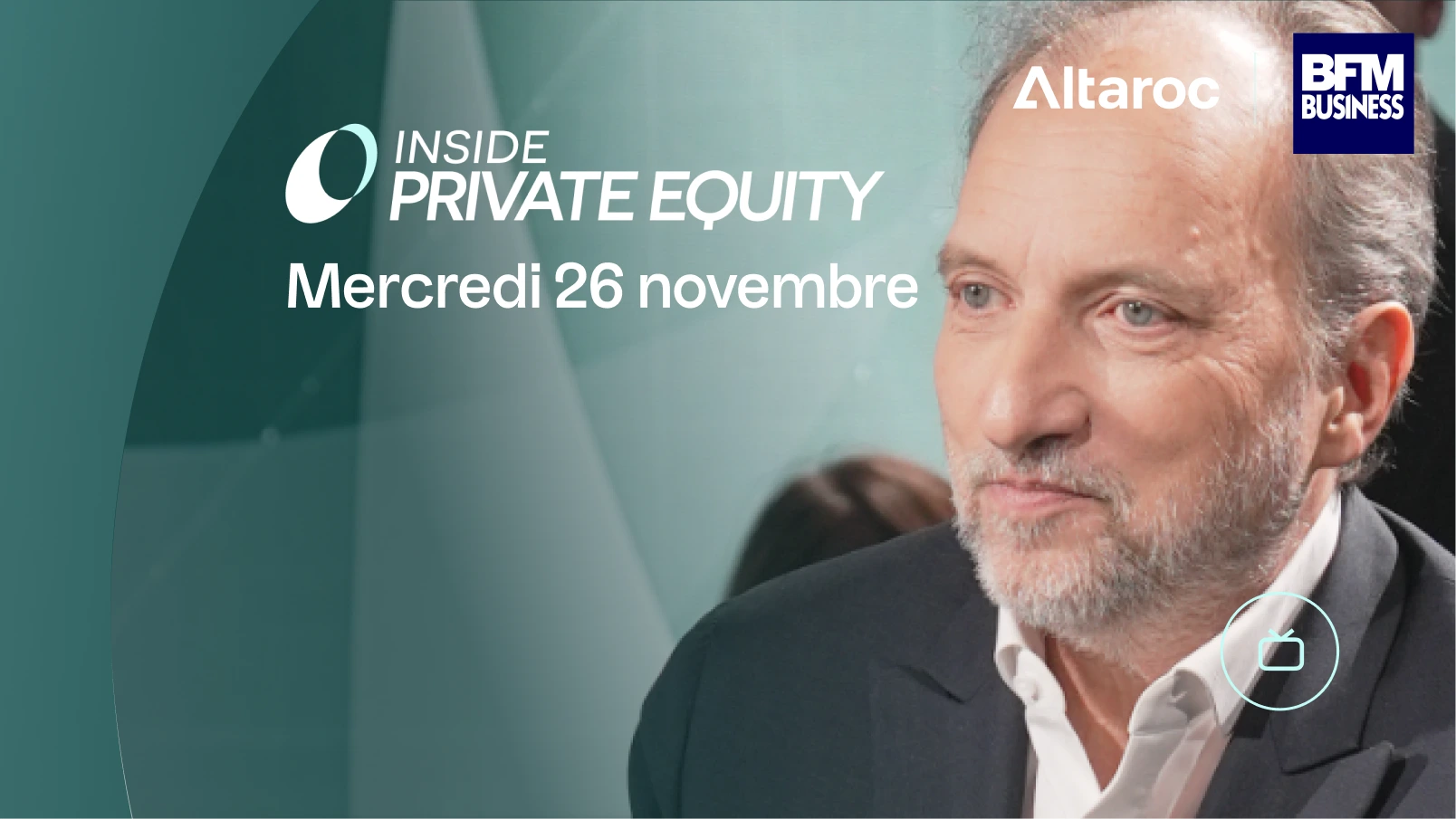
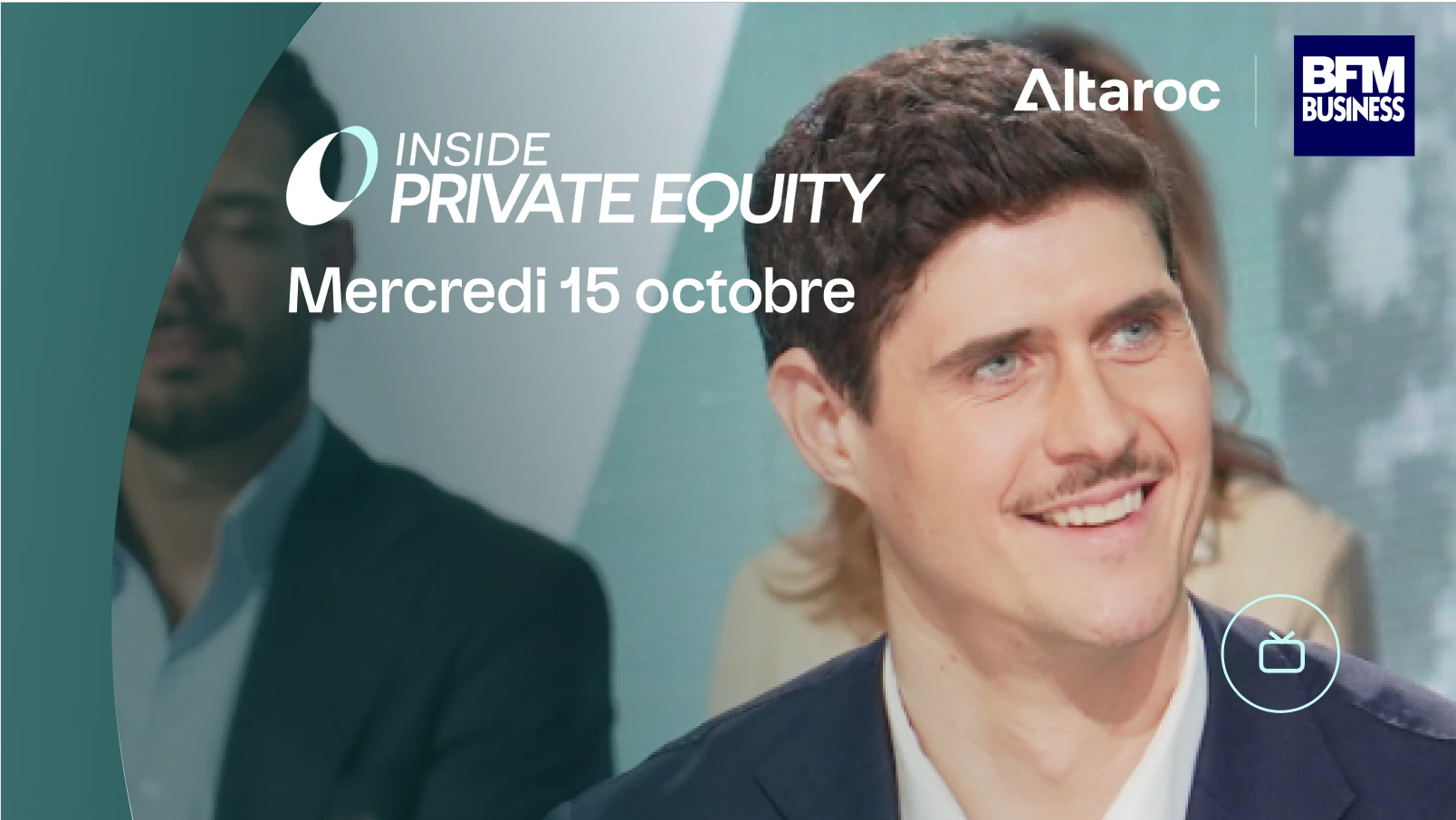
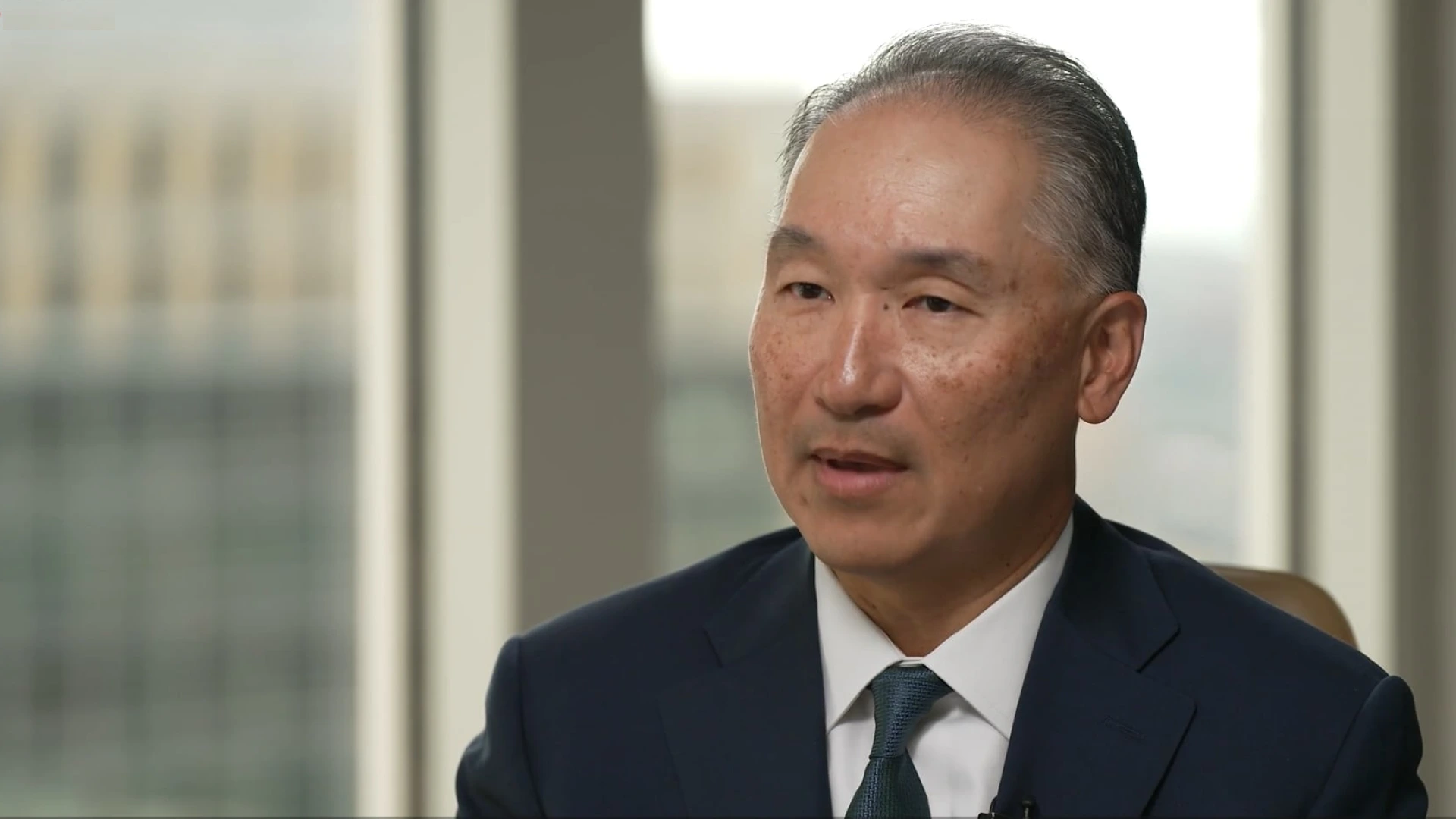

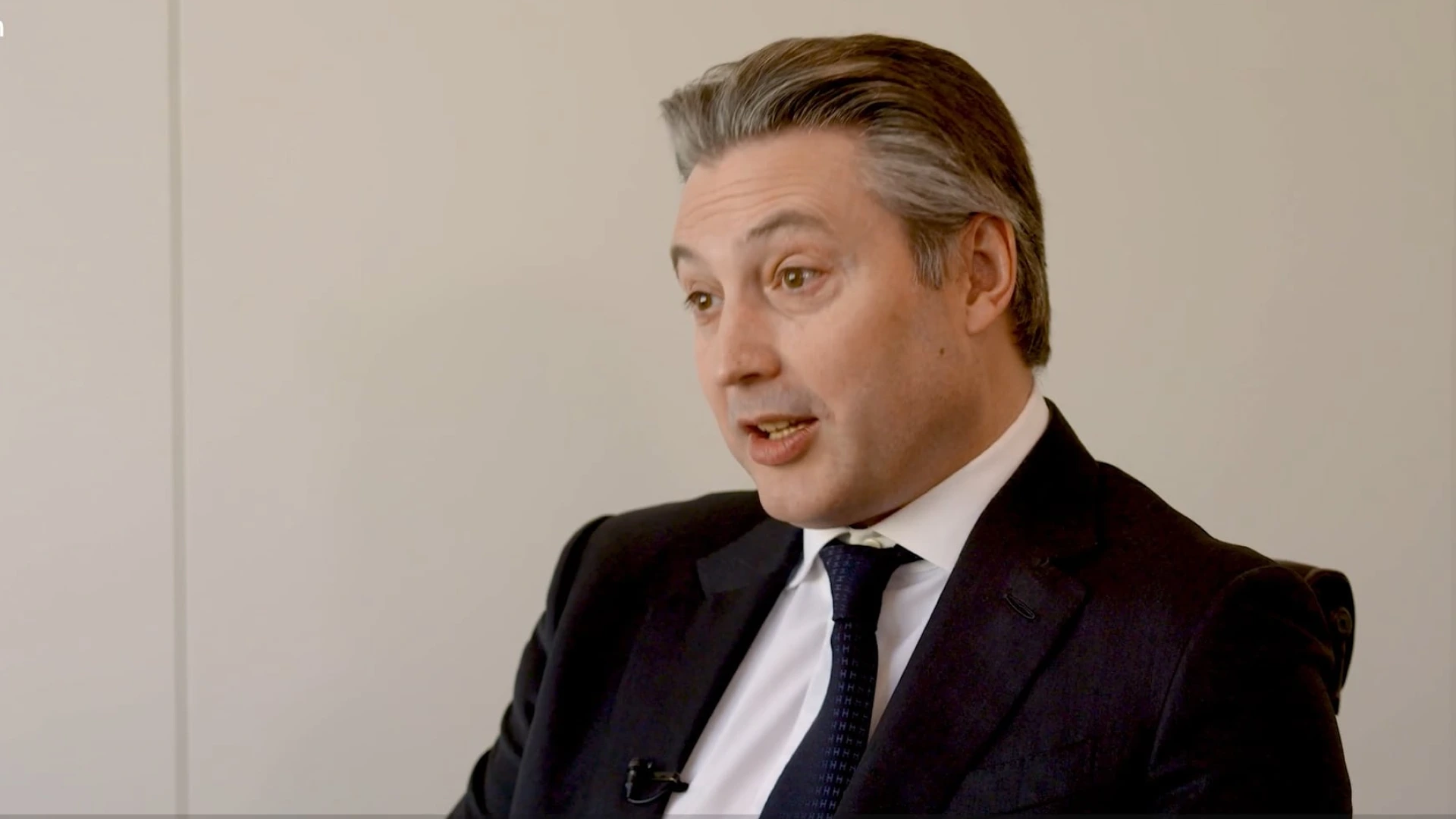
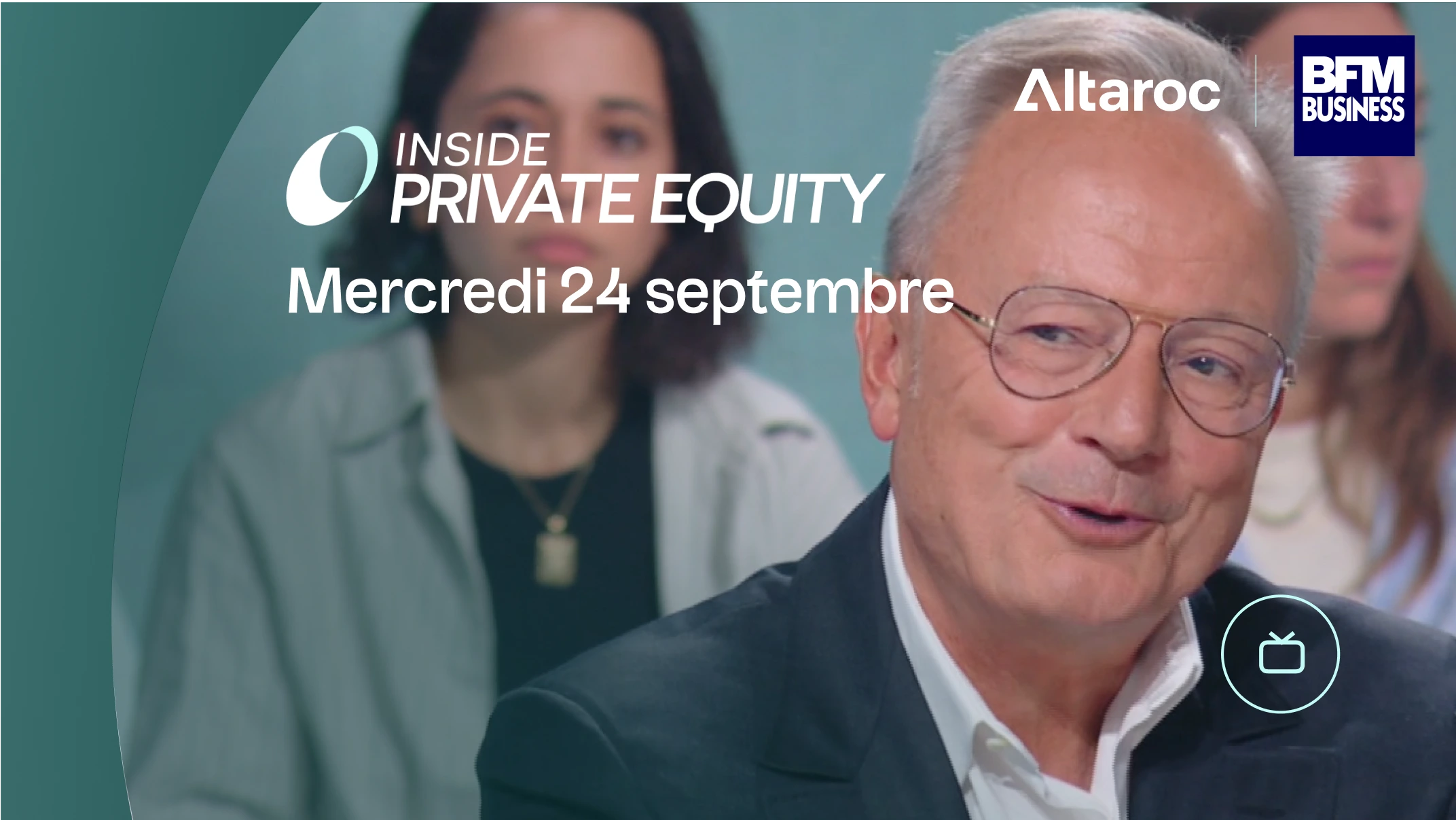
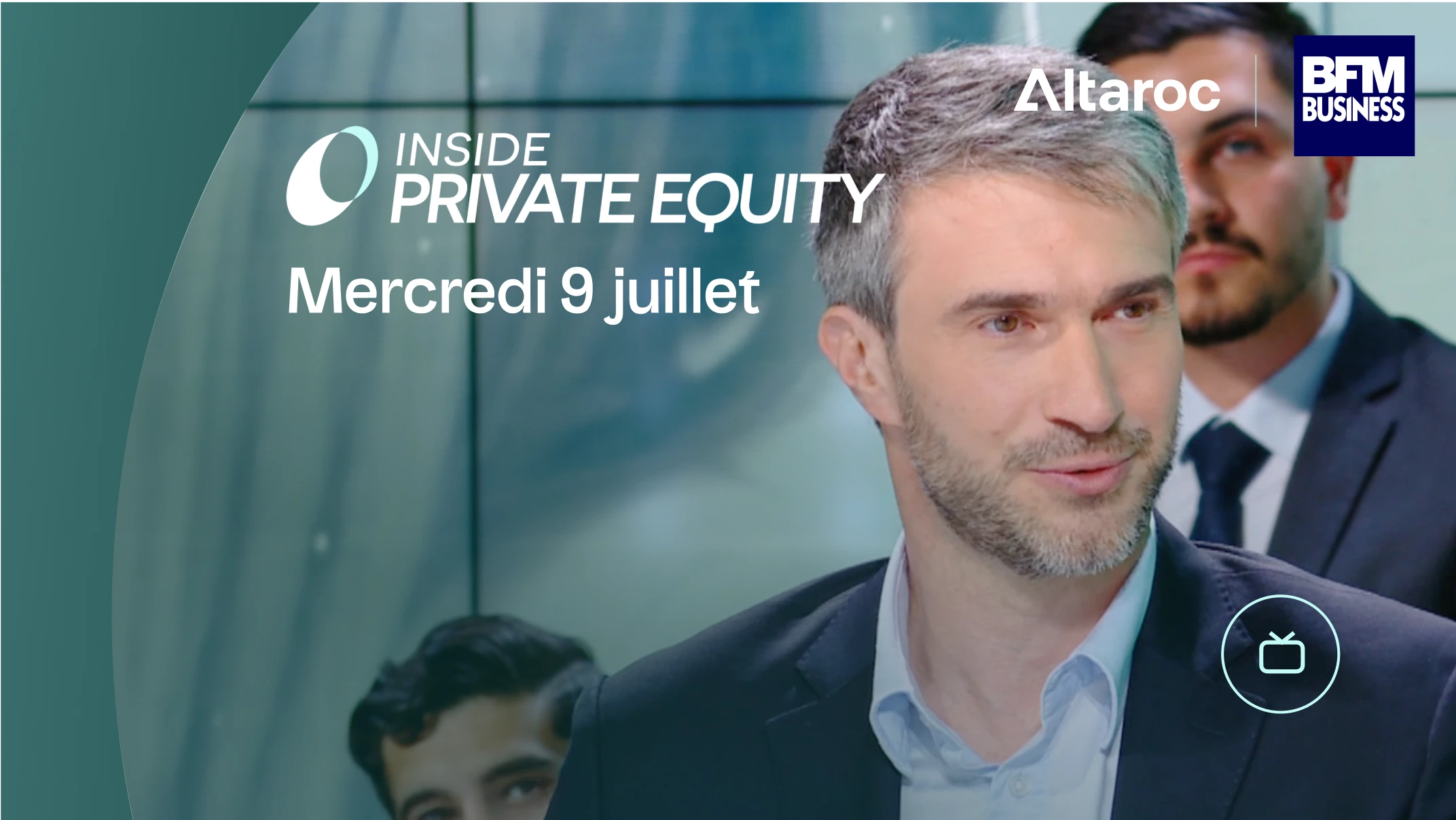
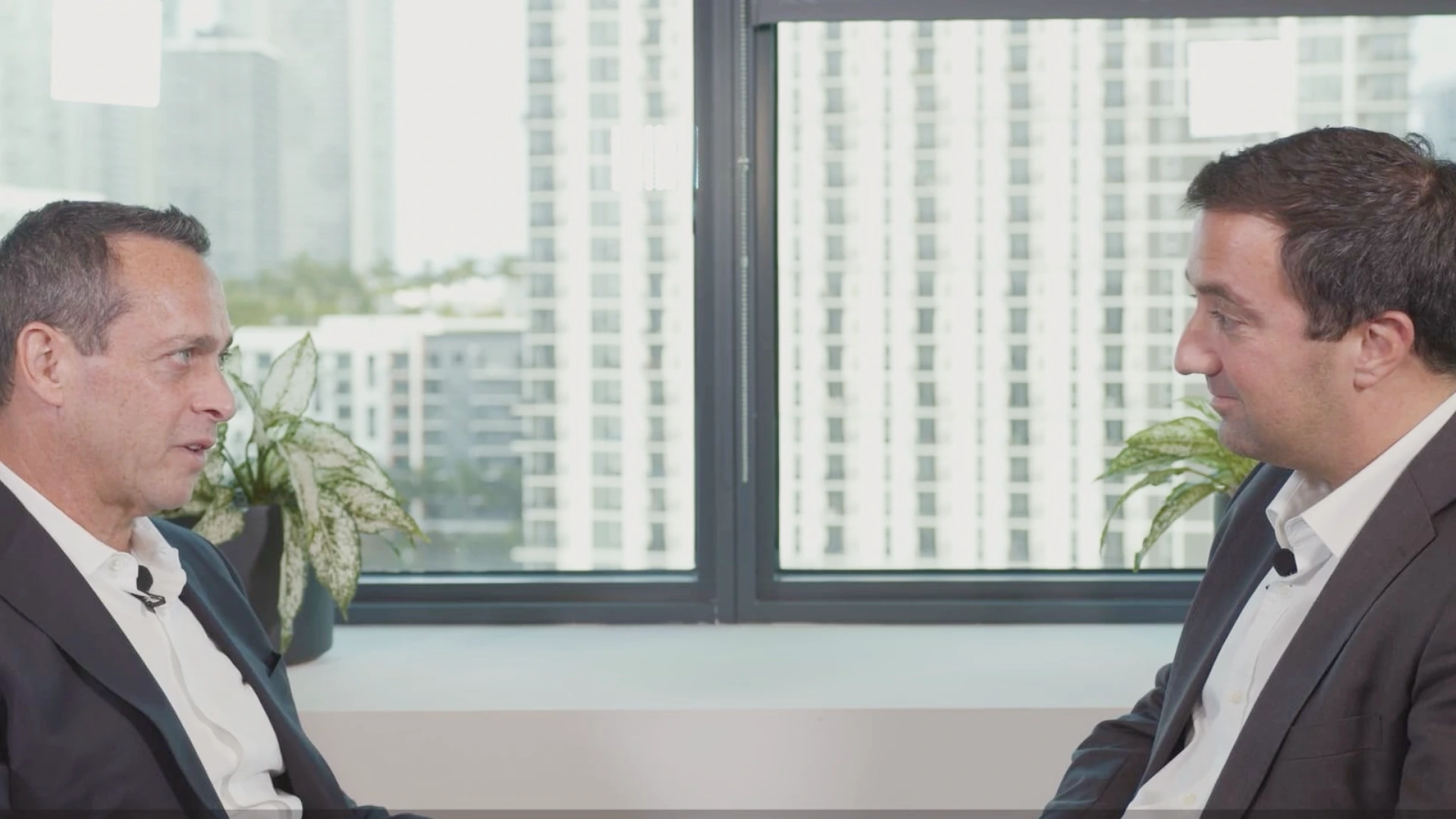
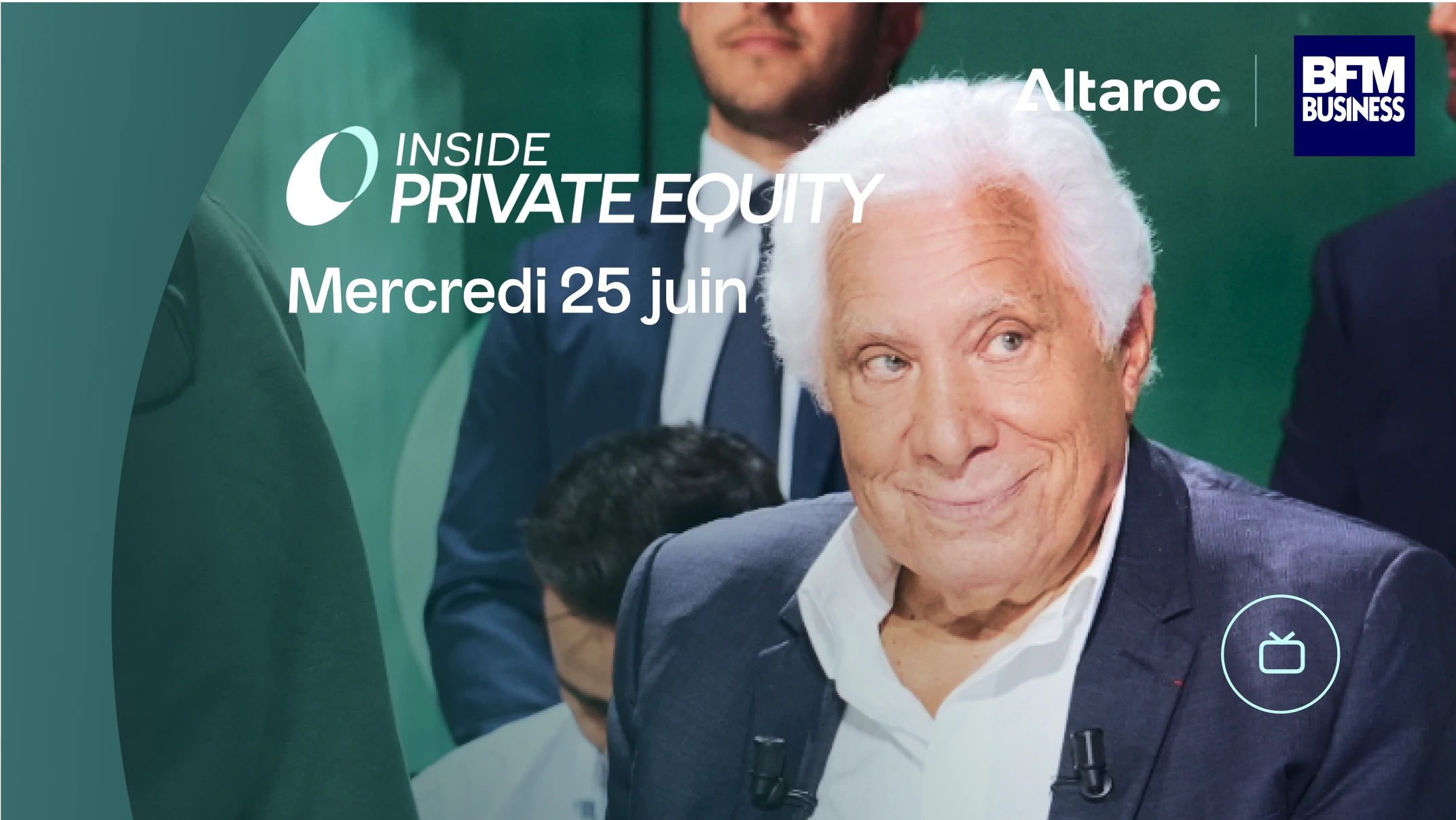
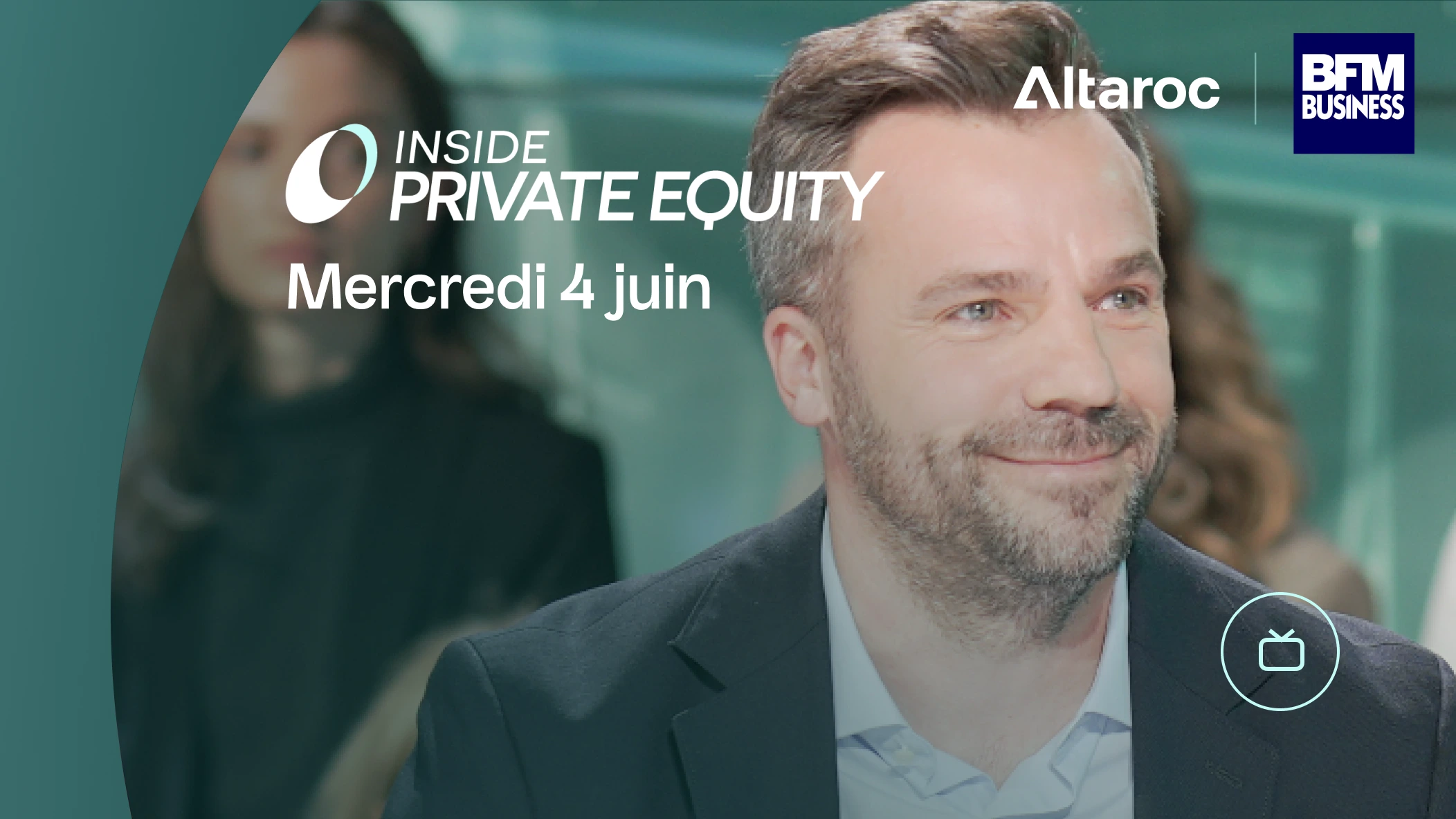
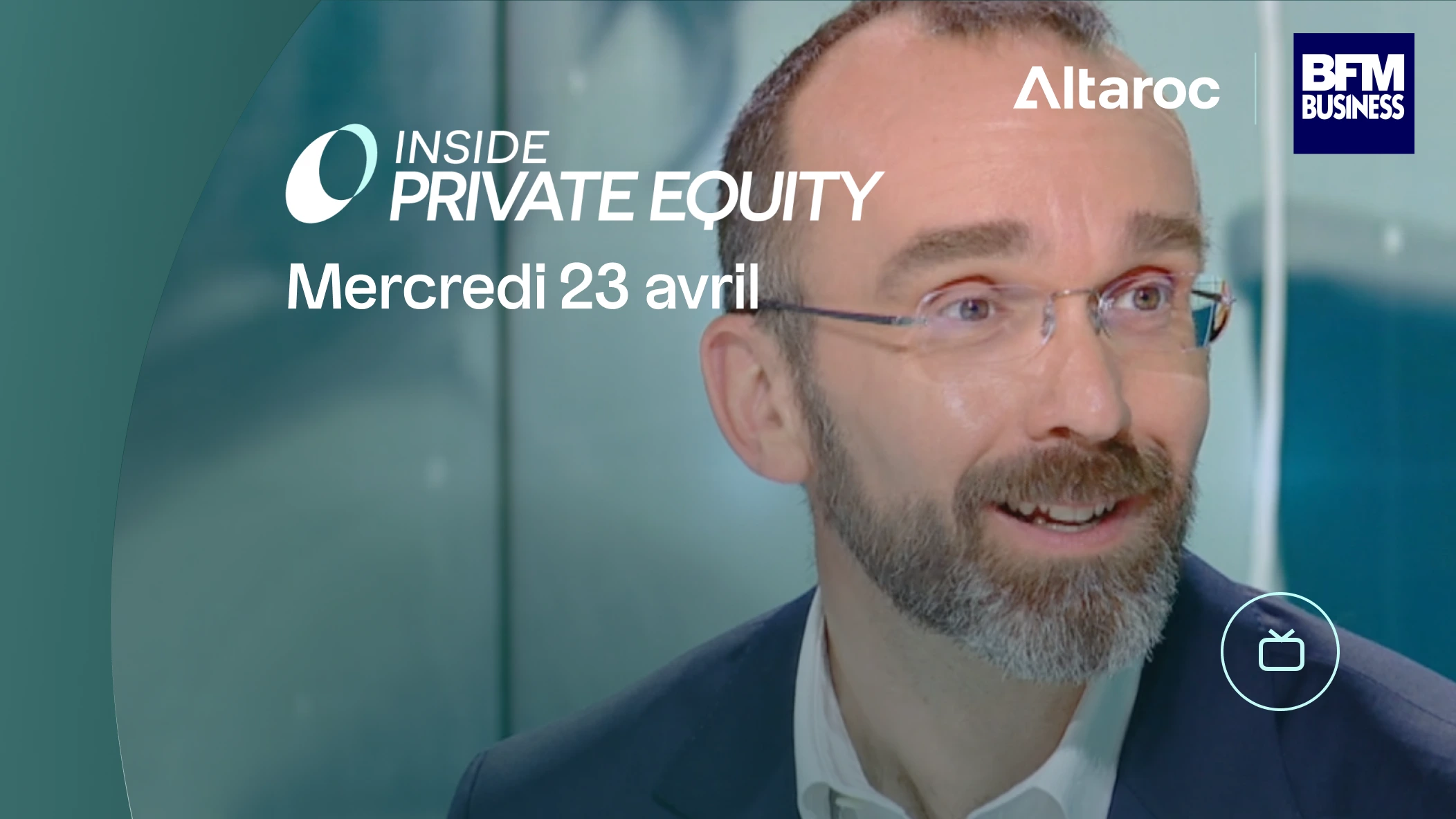

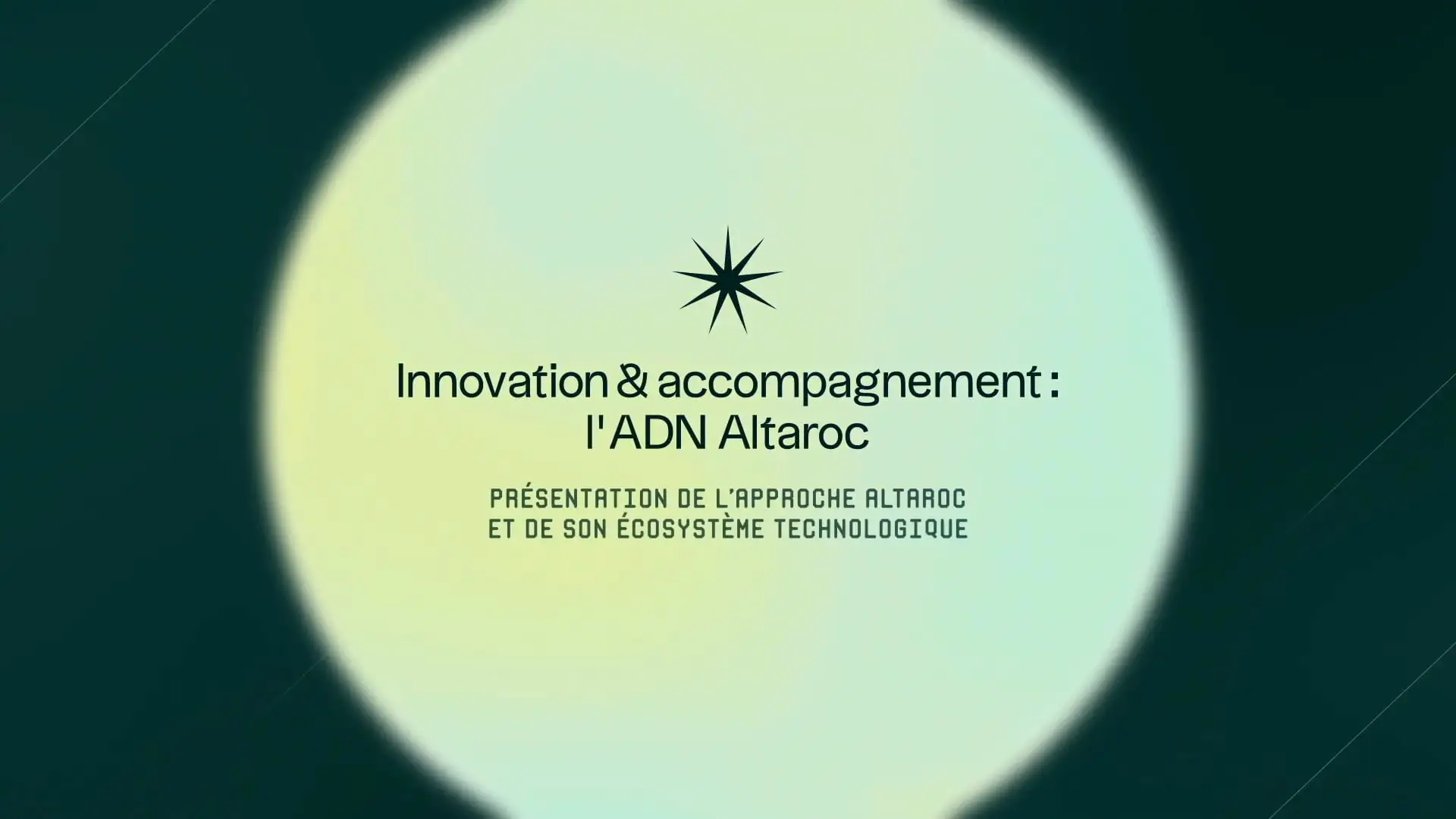
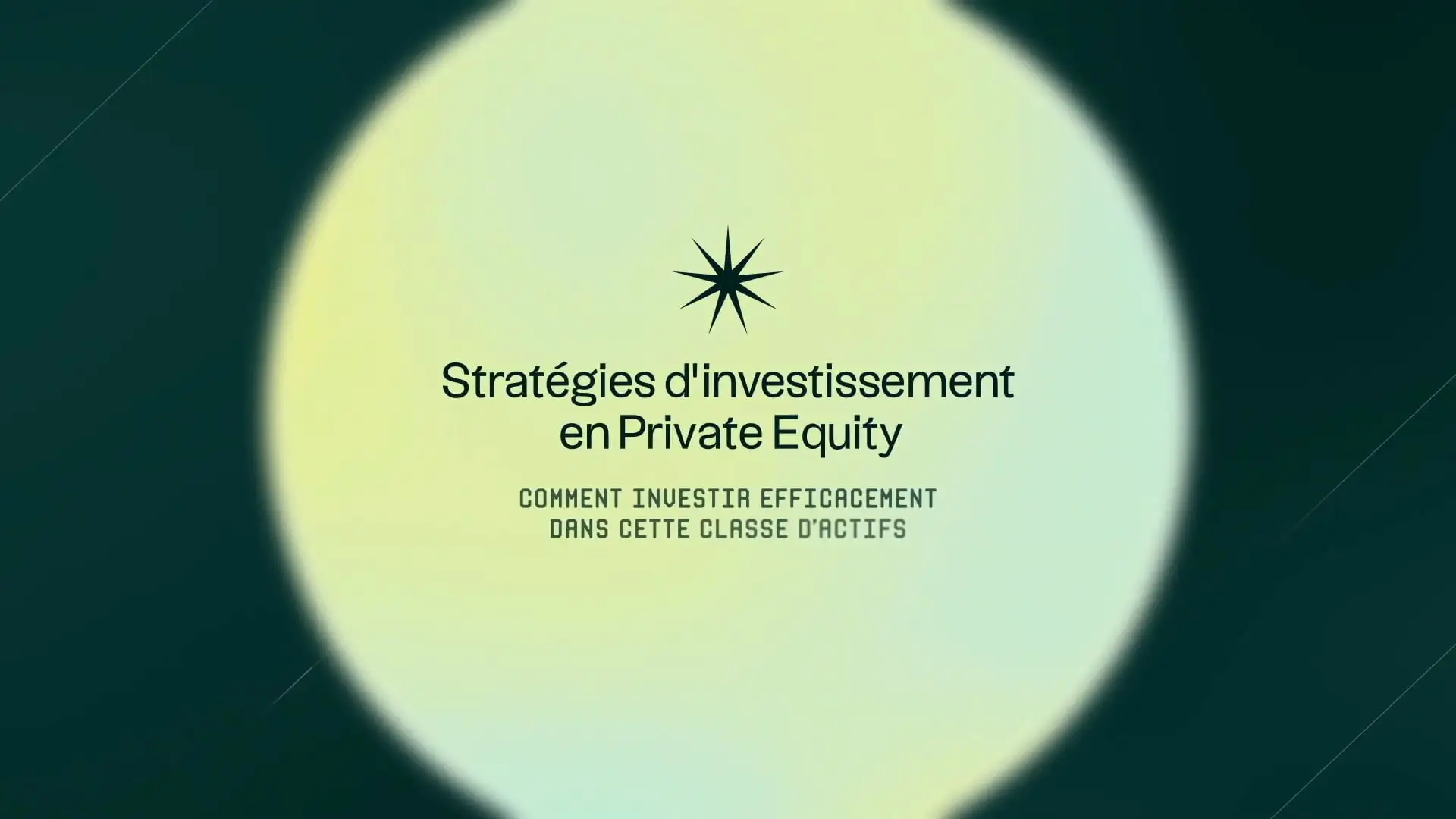









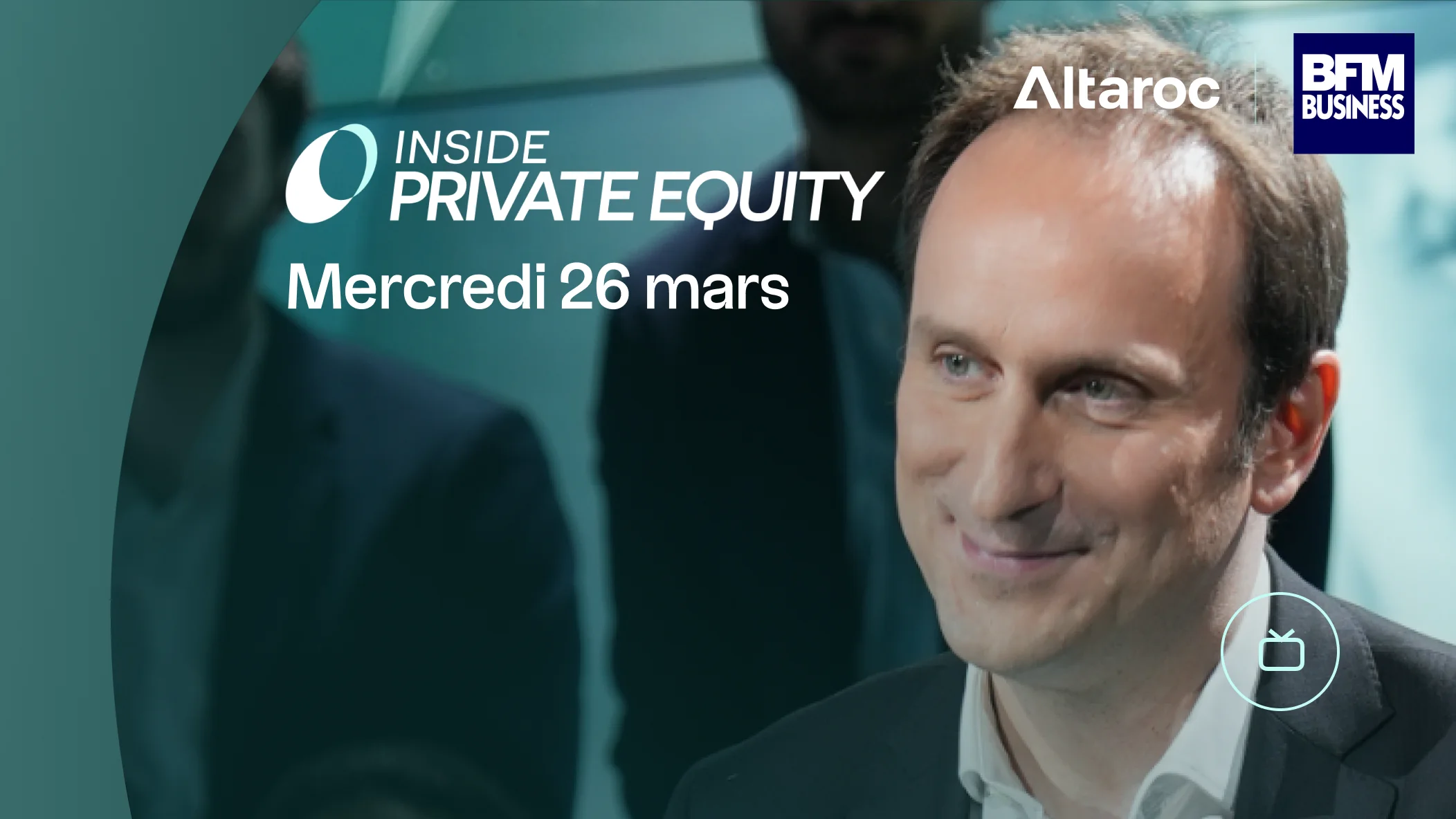
.jpeg)
.jpeg)
.jpeg)
.jpeg)
.jpeg)
.jpeg)

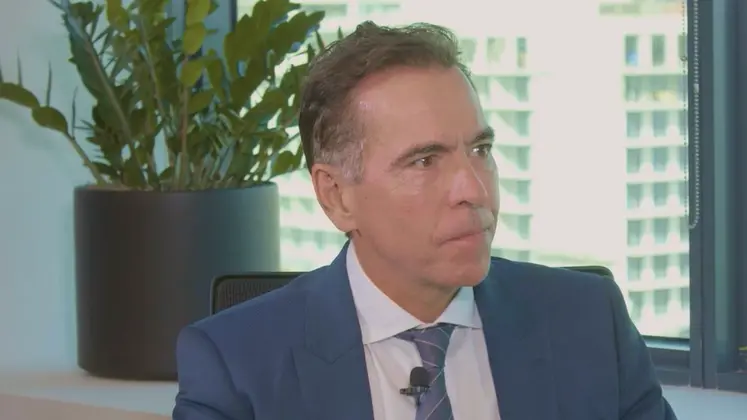



.webp)
.jpeg)
.jpeg)
.jpeg)
.jpeg)
.jpeg)
.jpeg)
.jpeg)
.jpeg)
.jpeg)
.jpeg)
.jpeg)
.jpeg)
.jpeg)
.jpeg)
.jpeg)
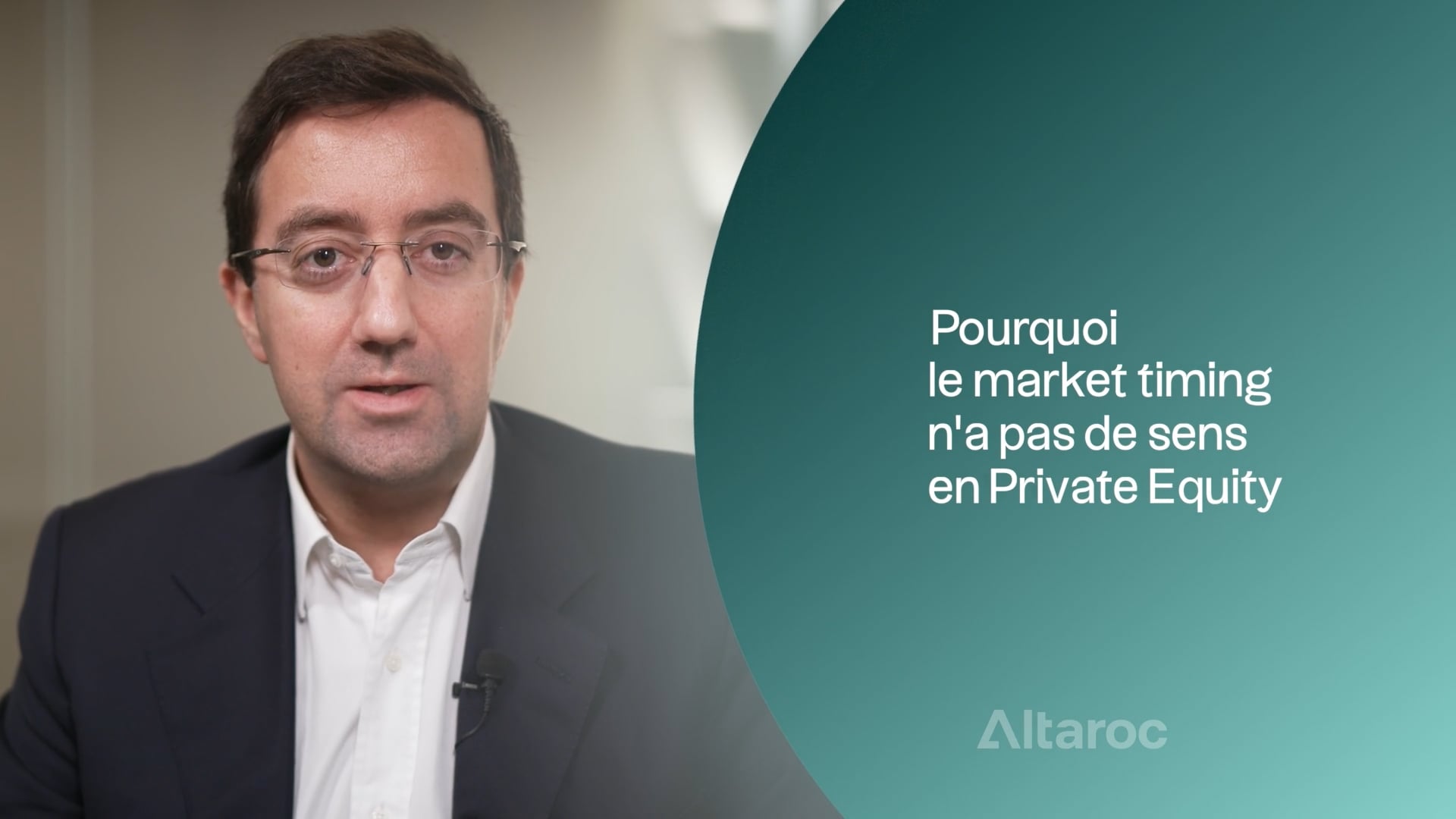
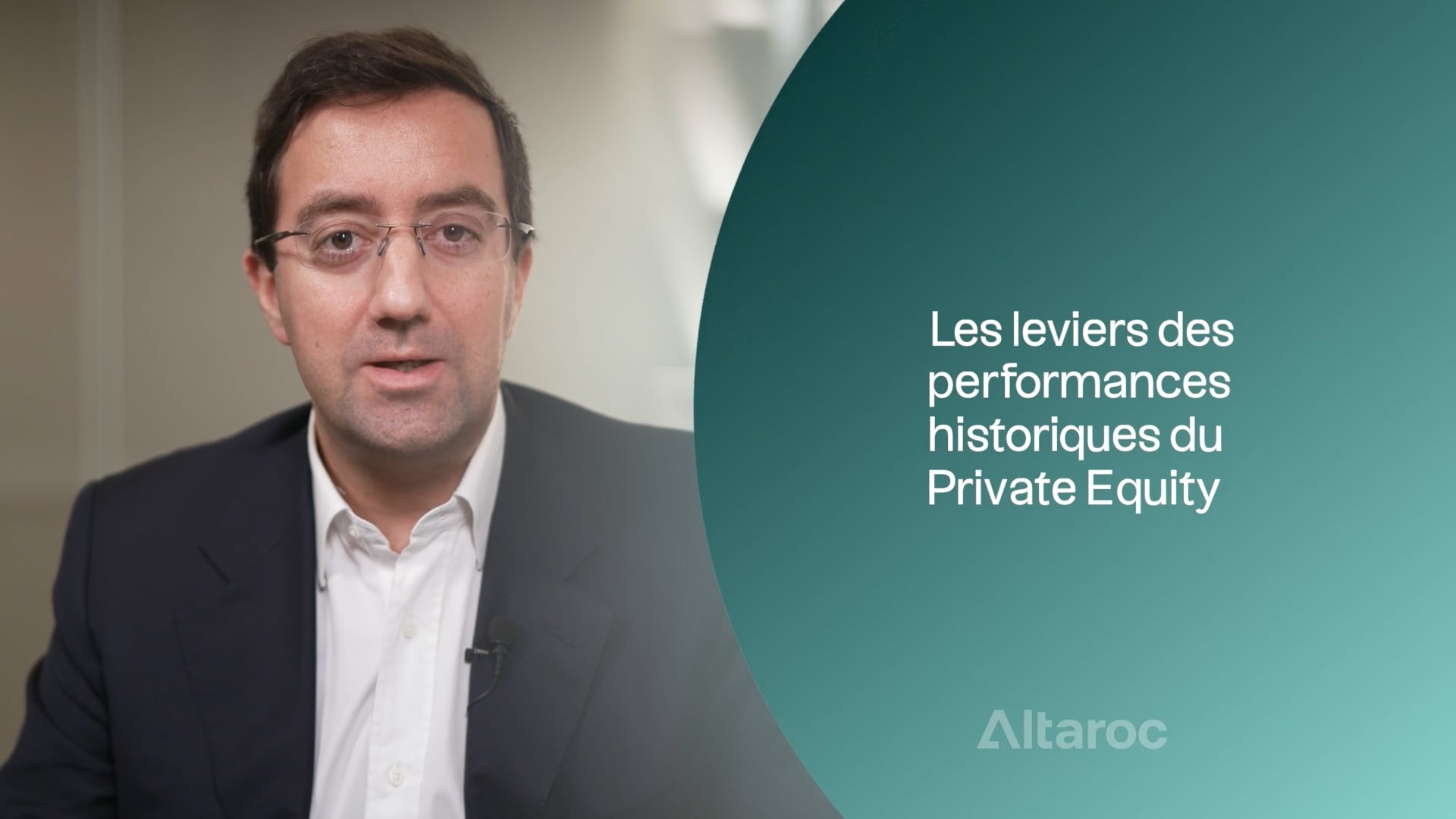
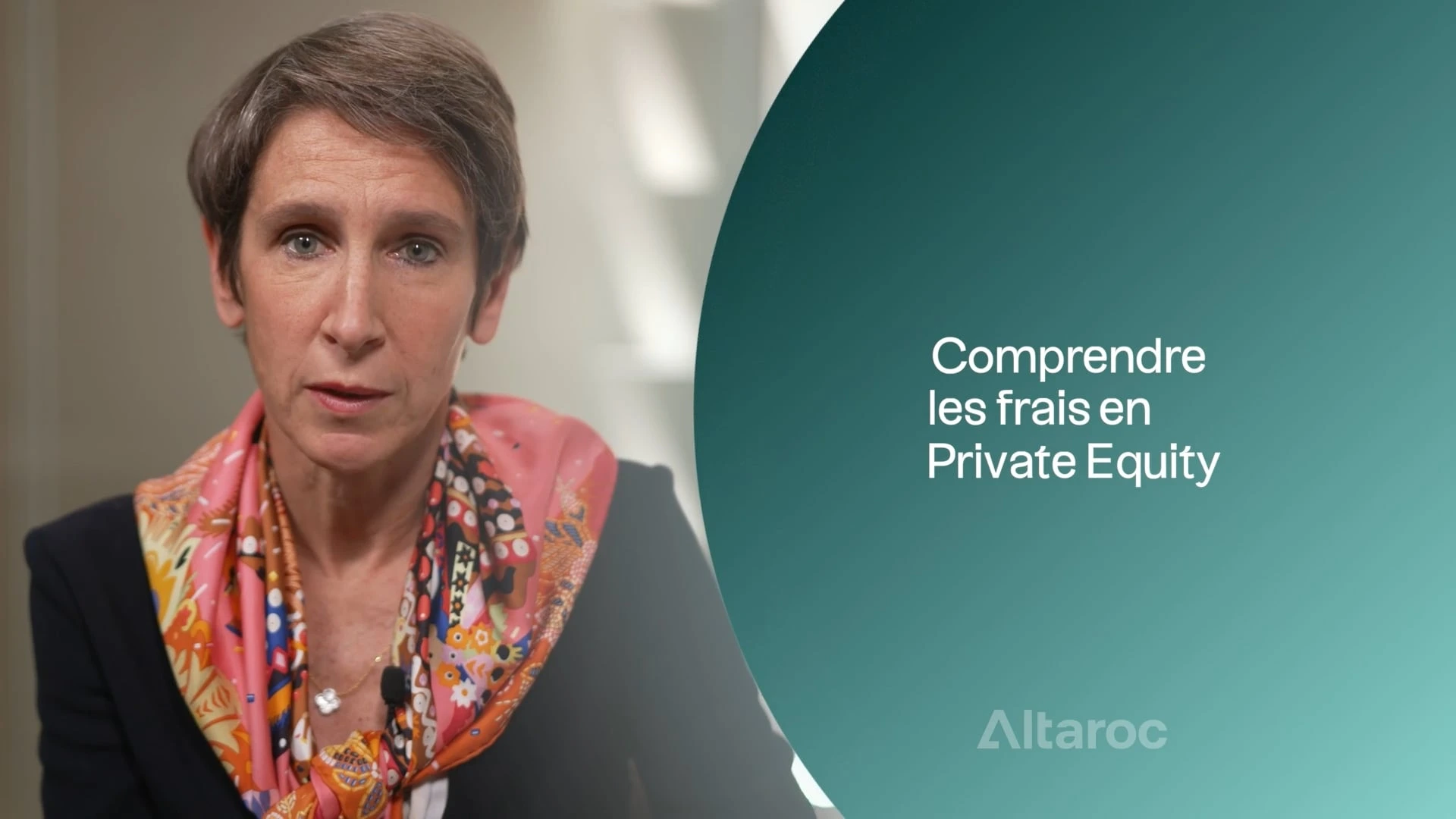
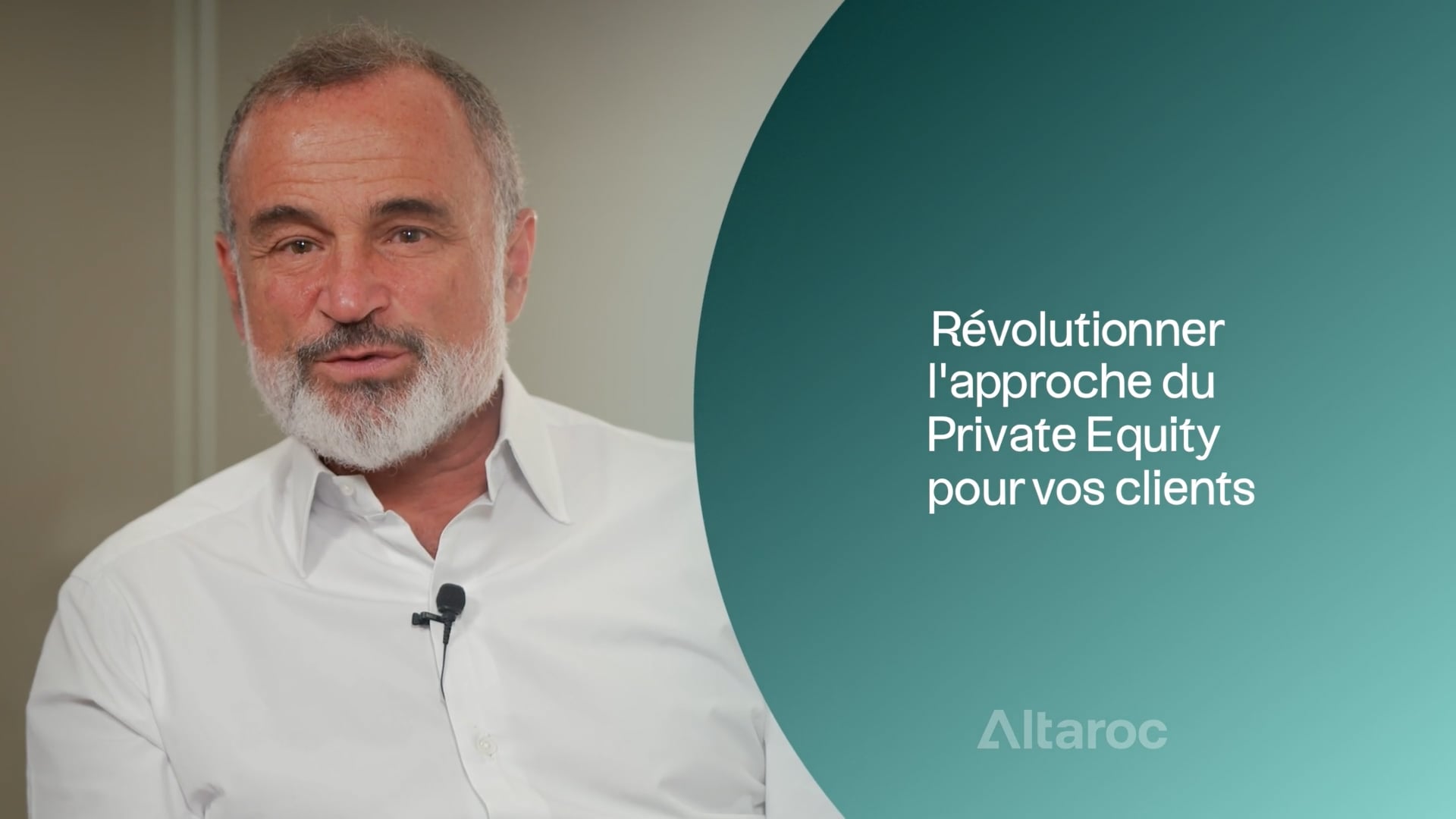
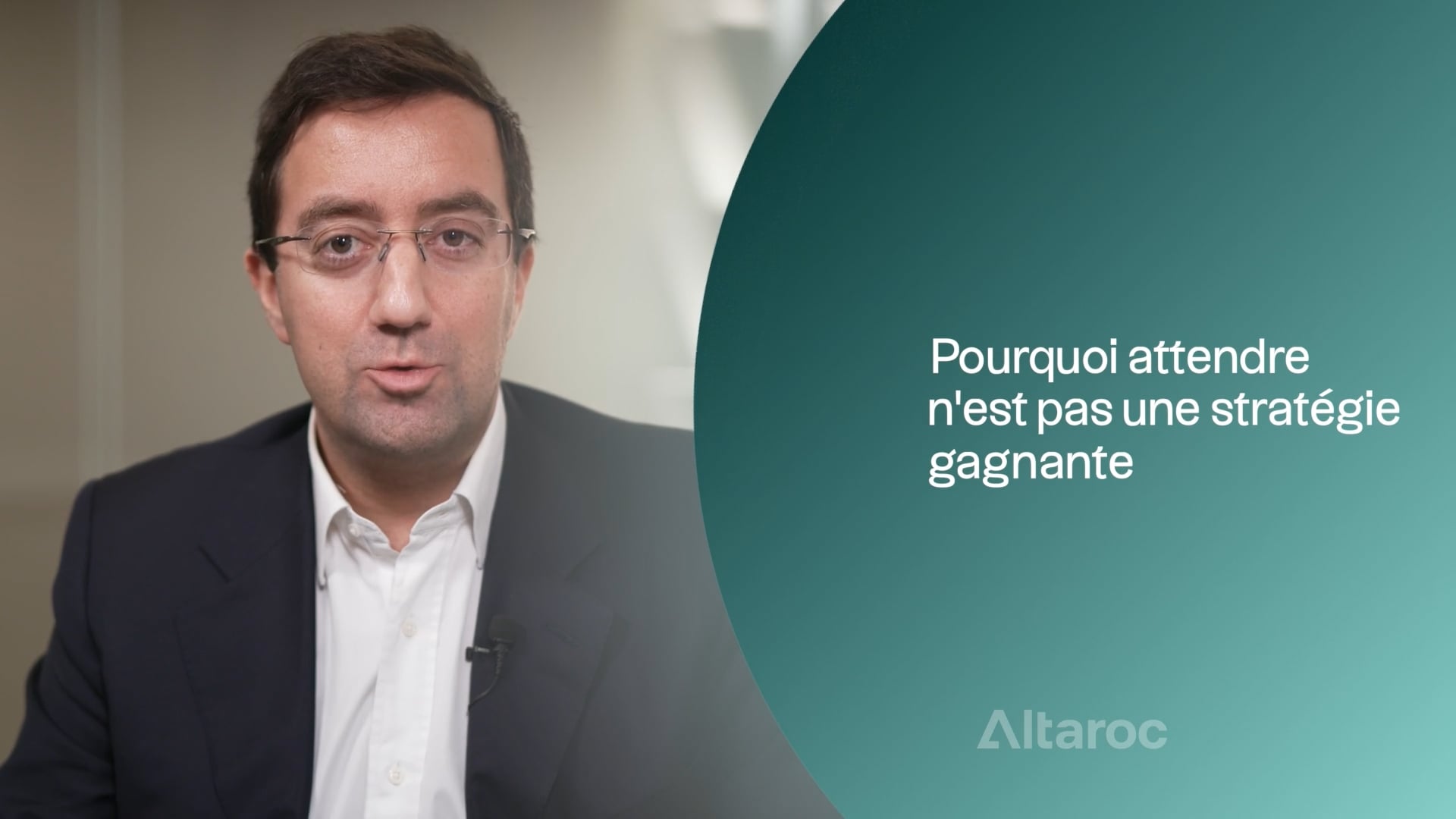
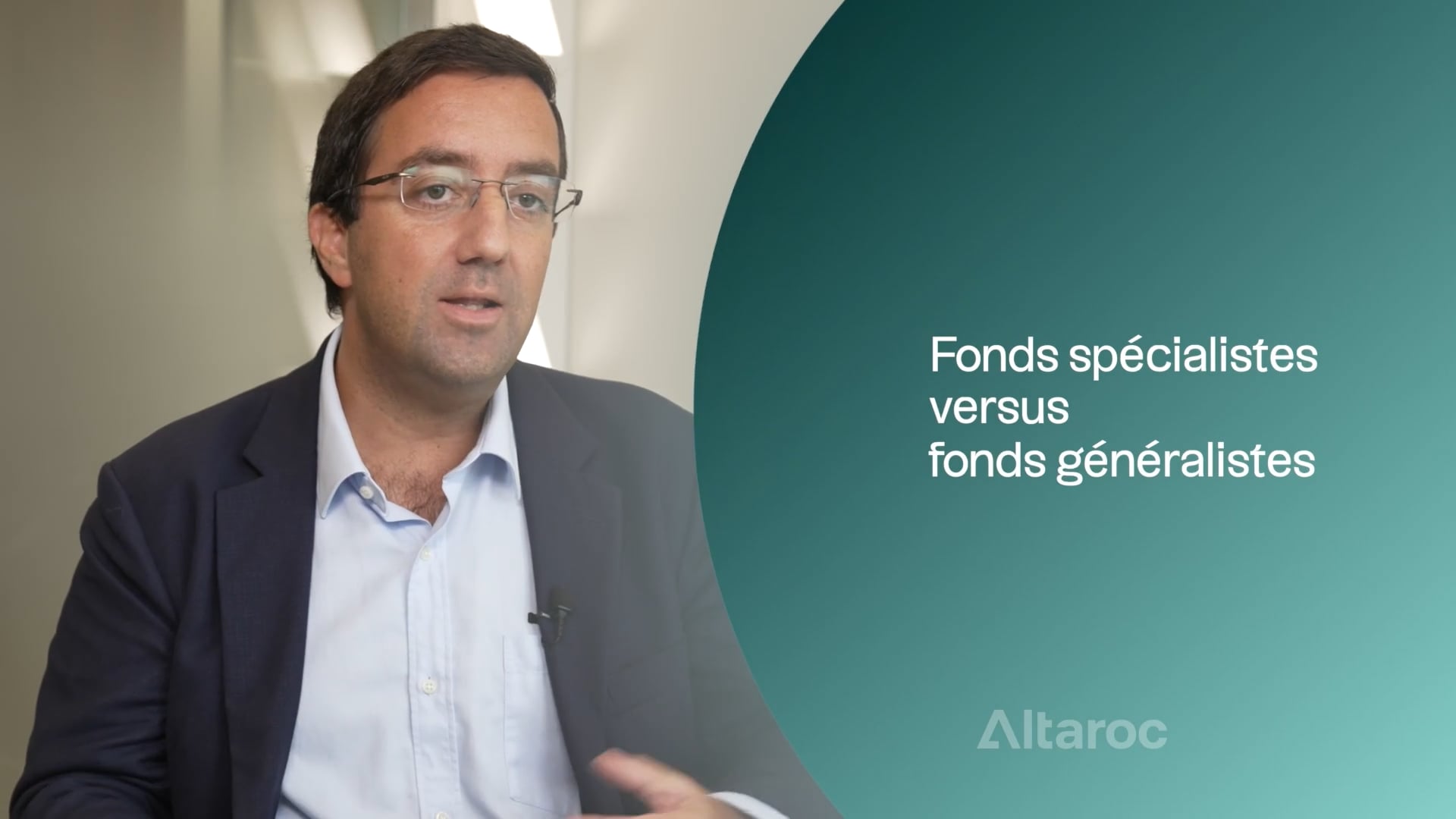
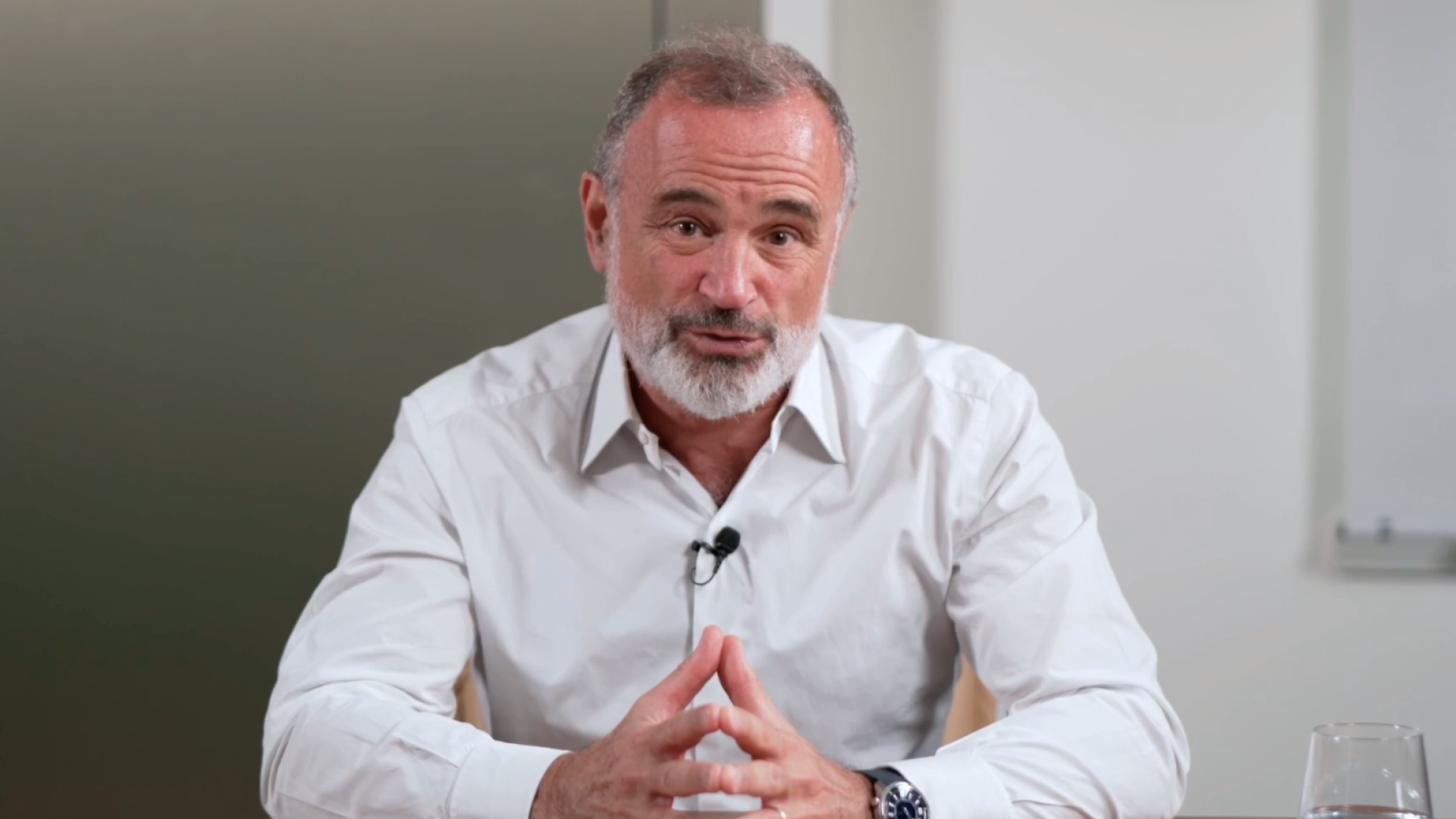
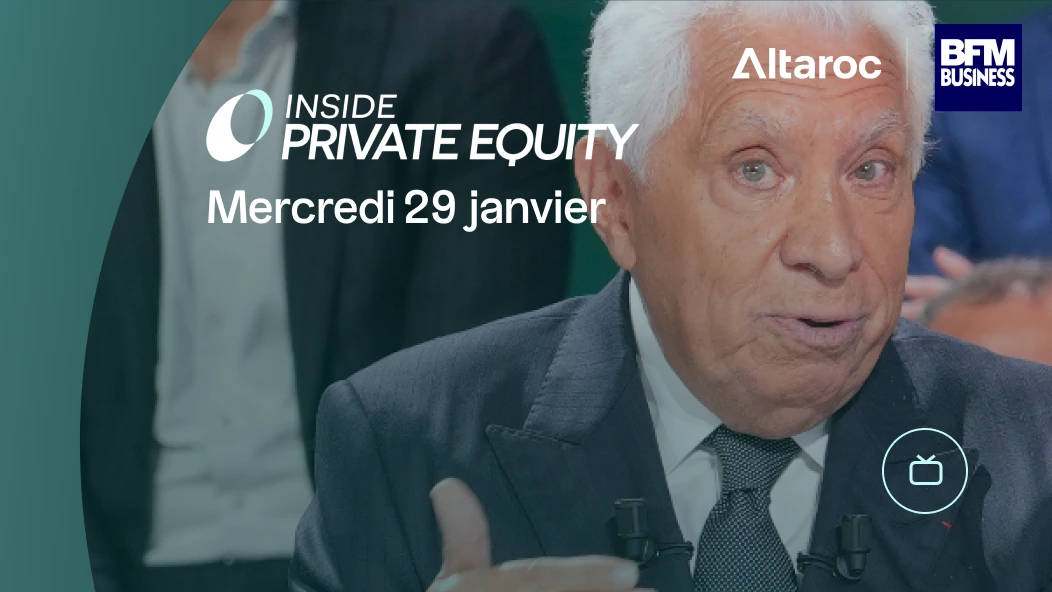
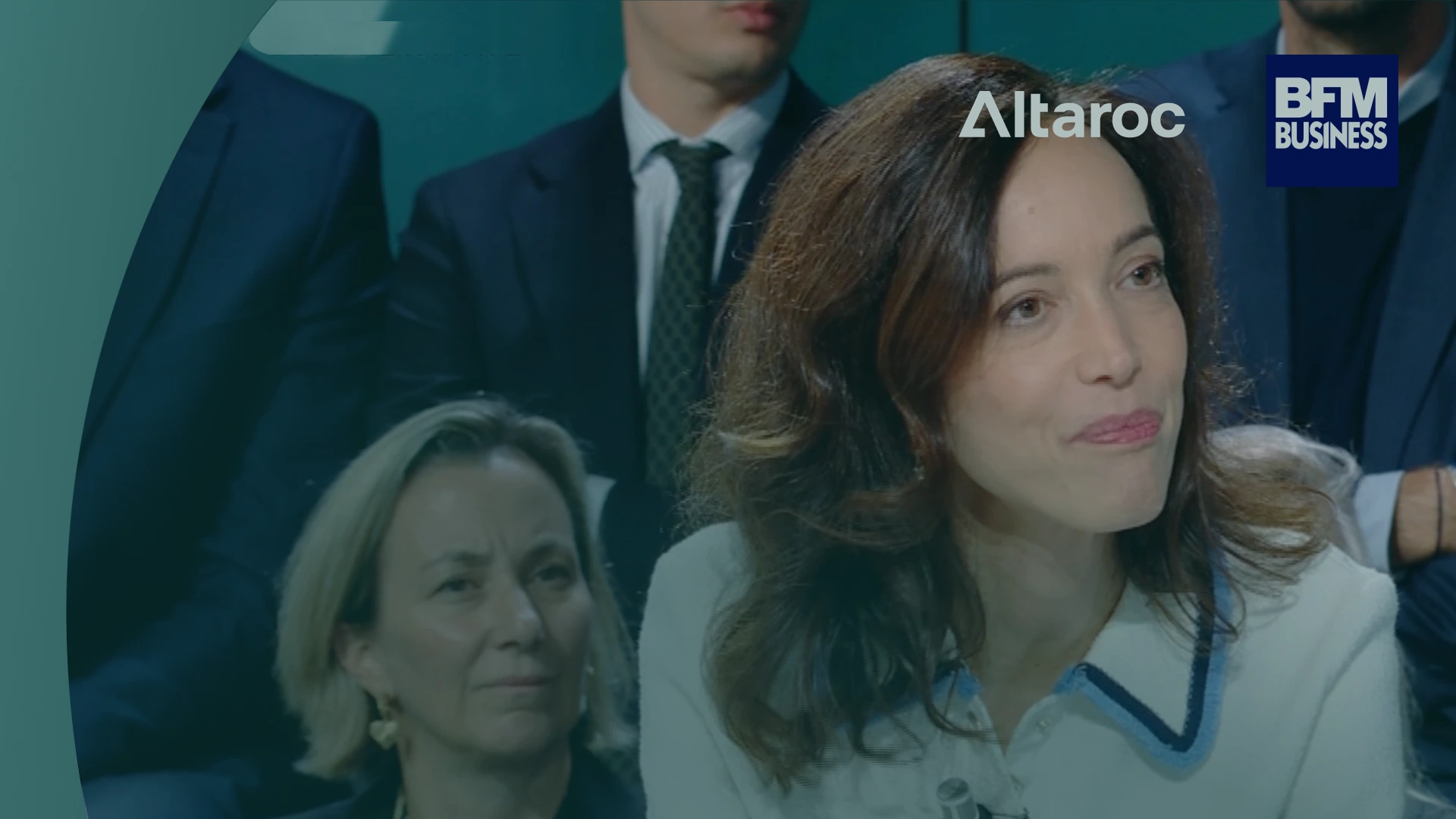
.webp)
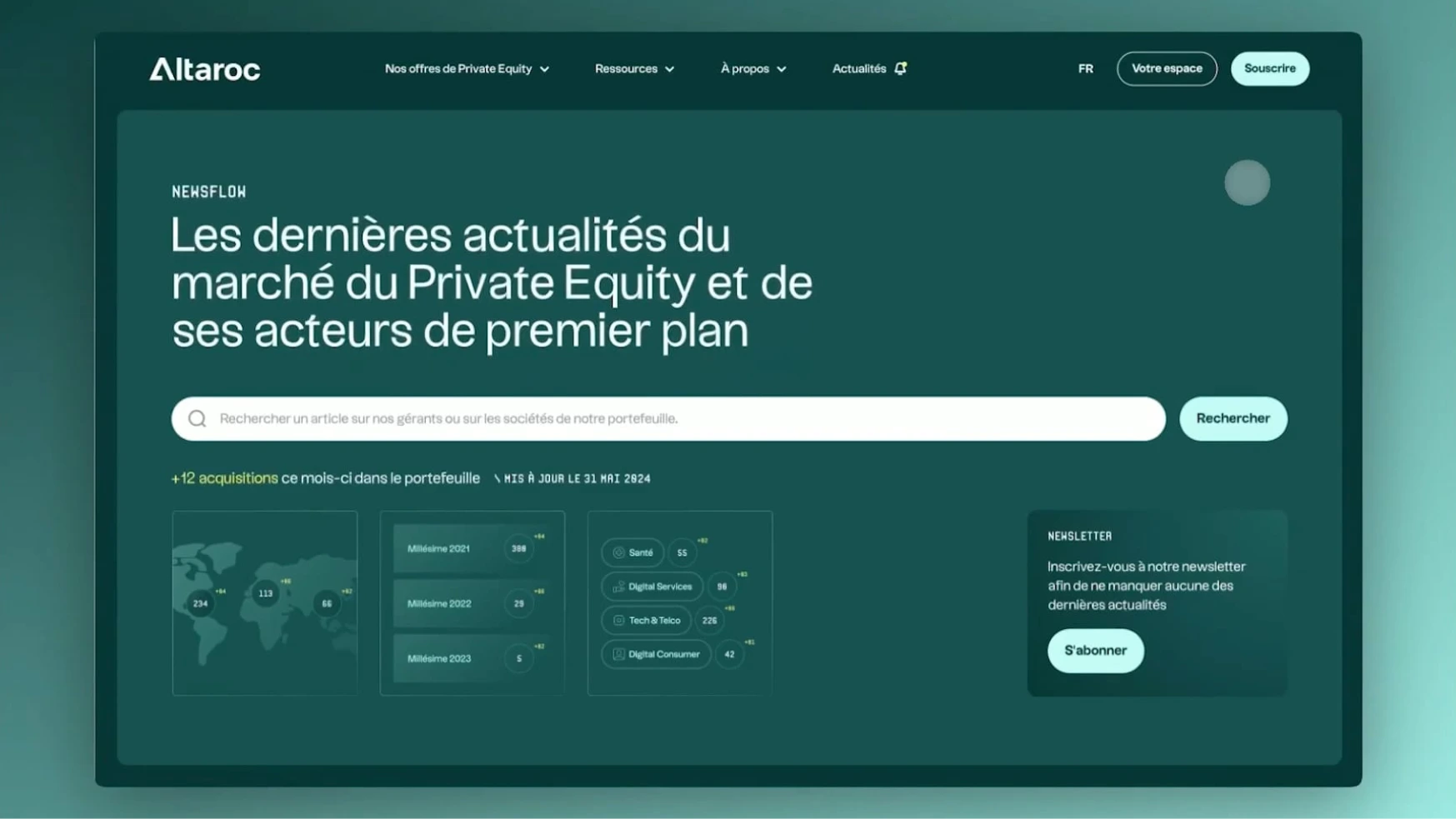
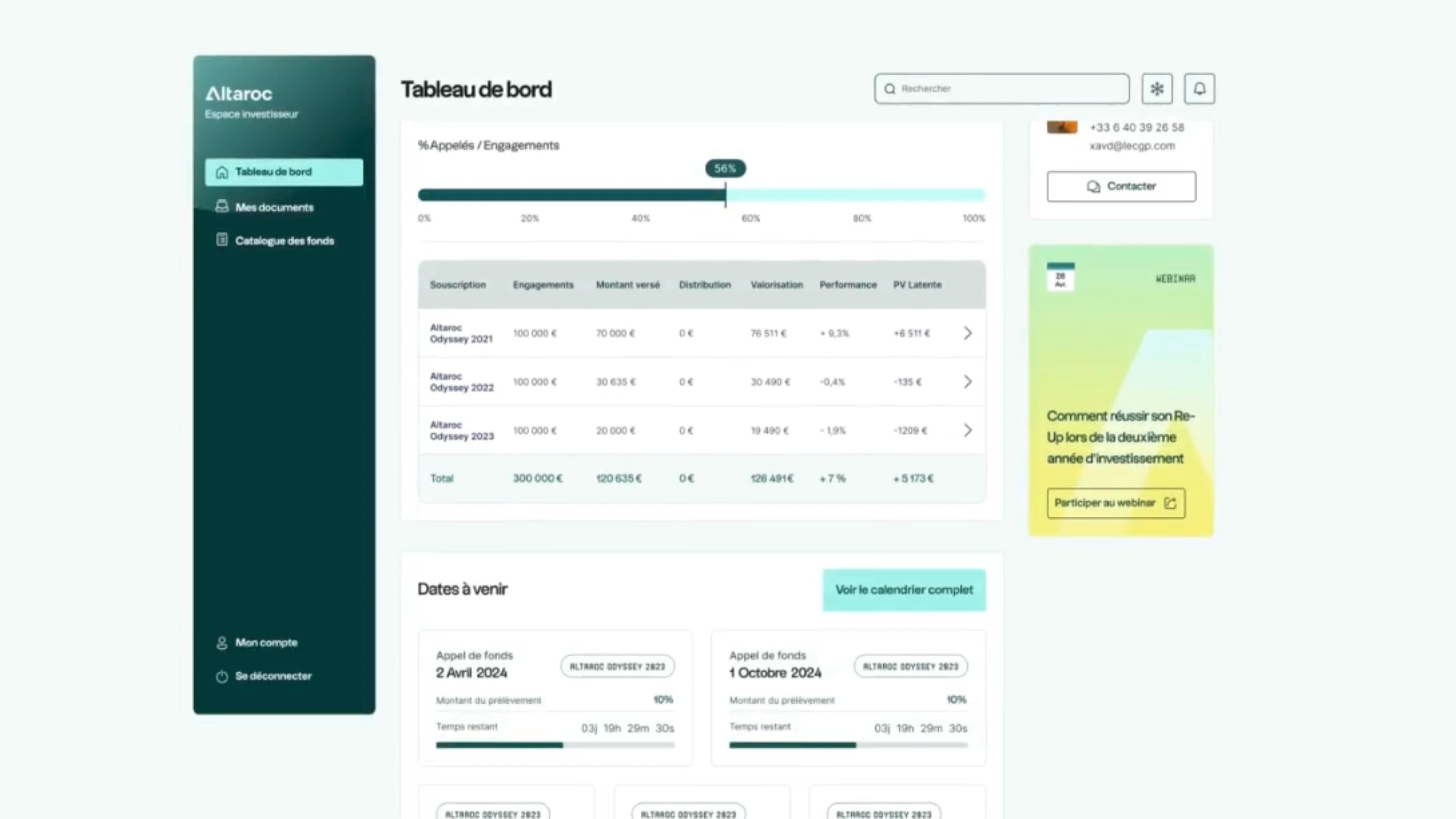
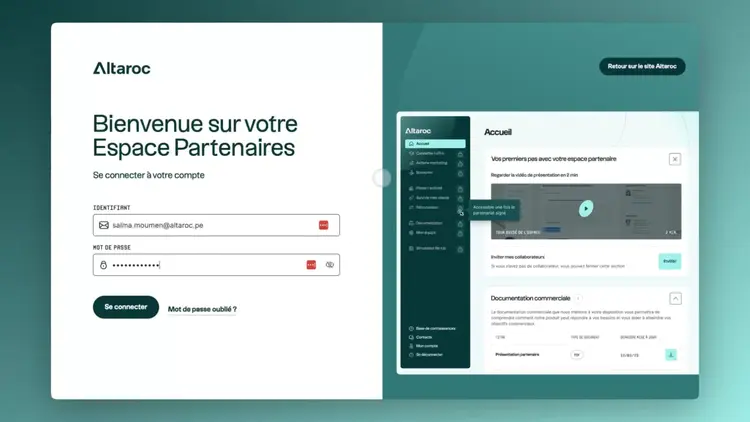
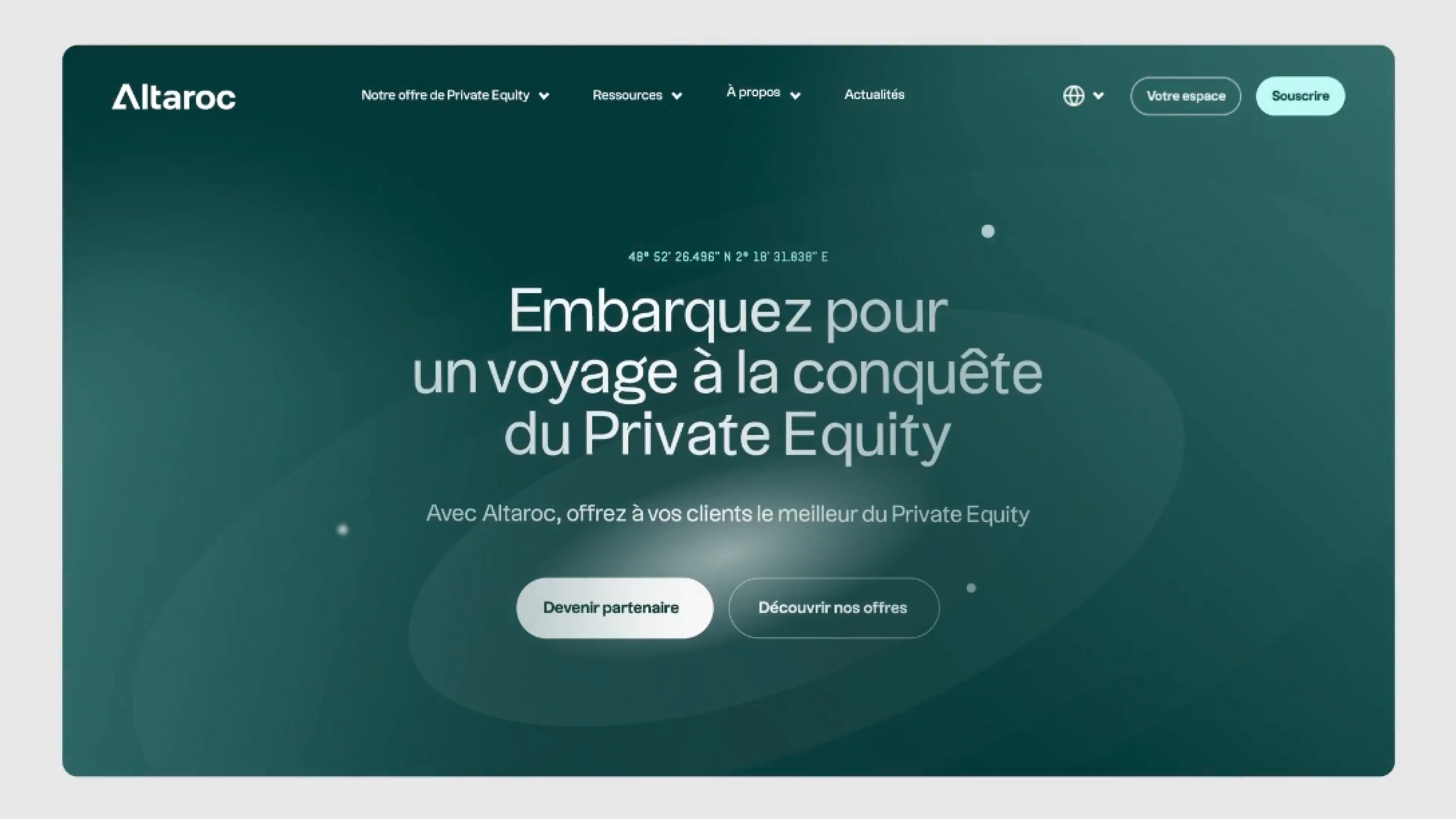

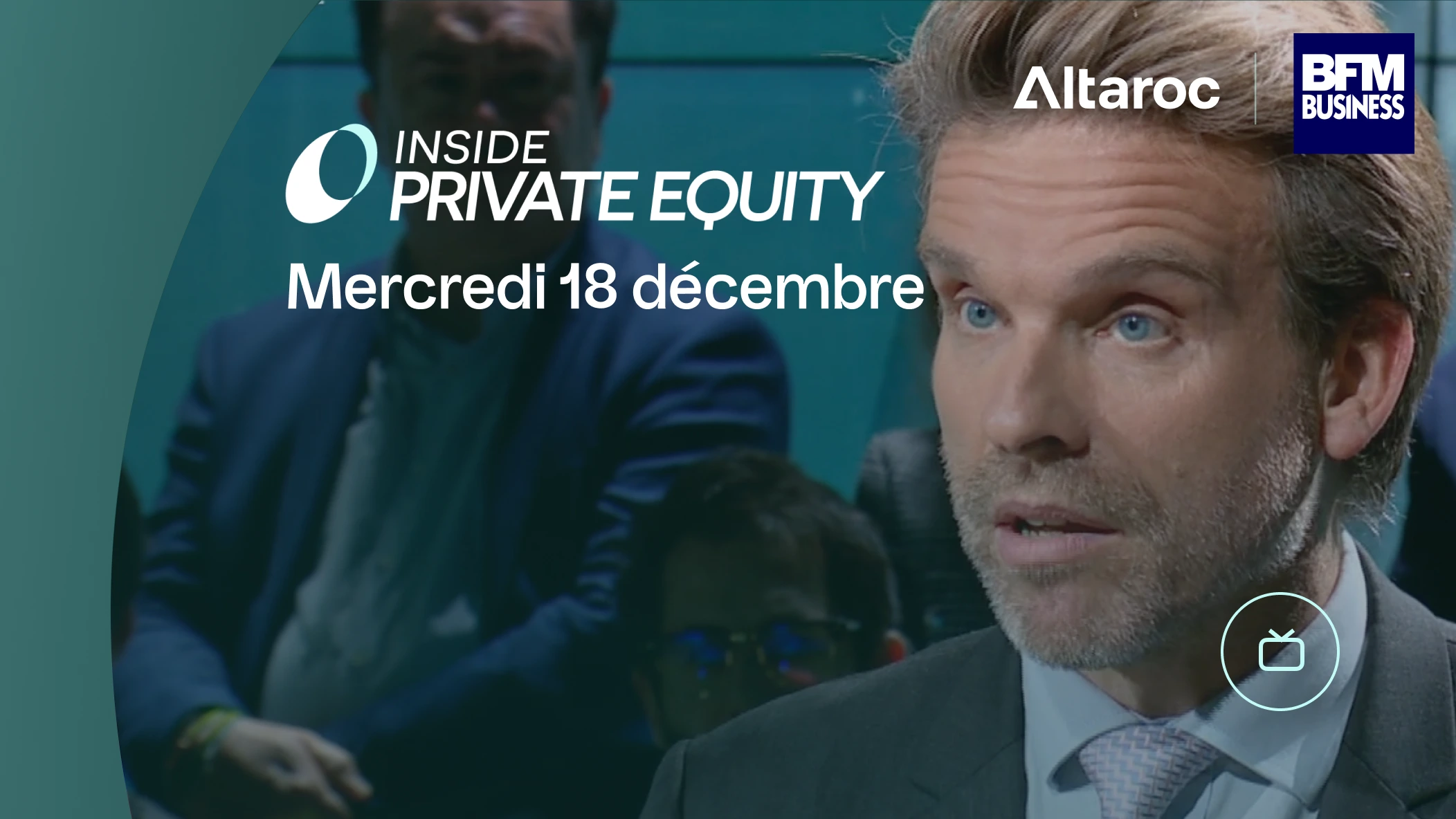
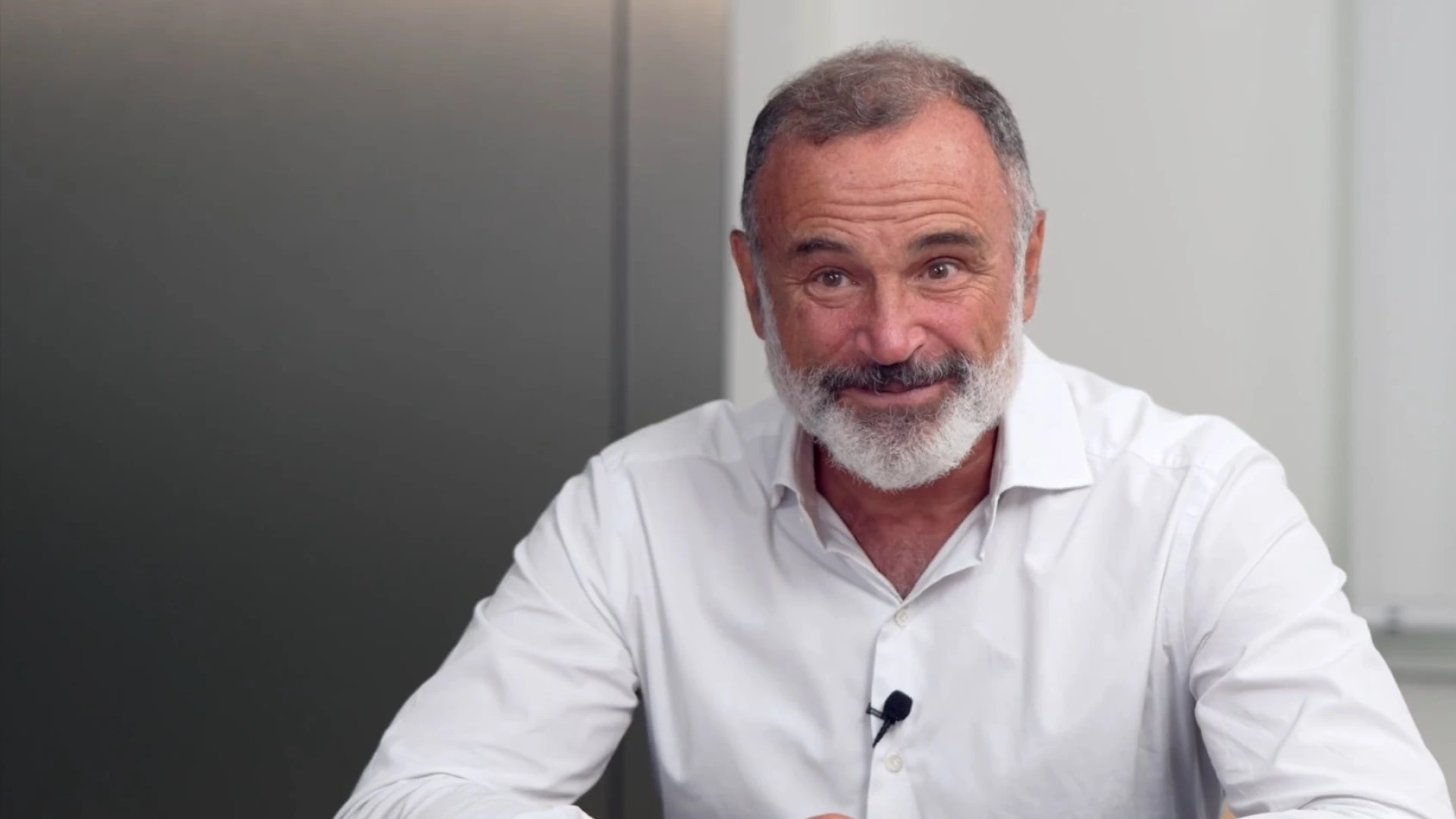
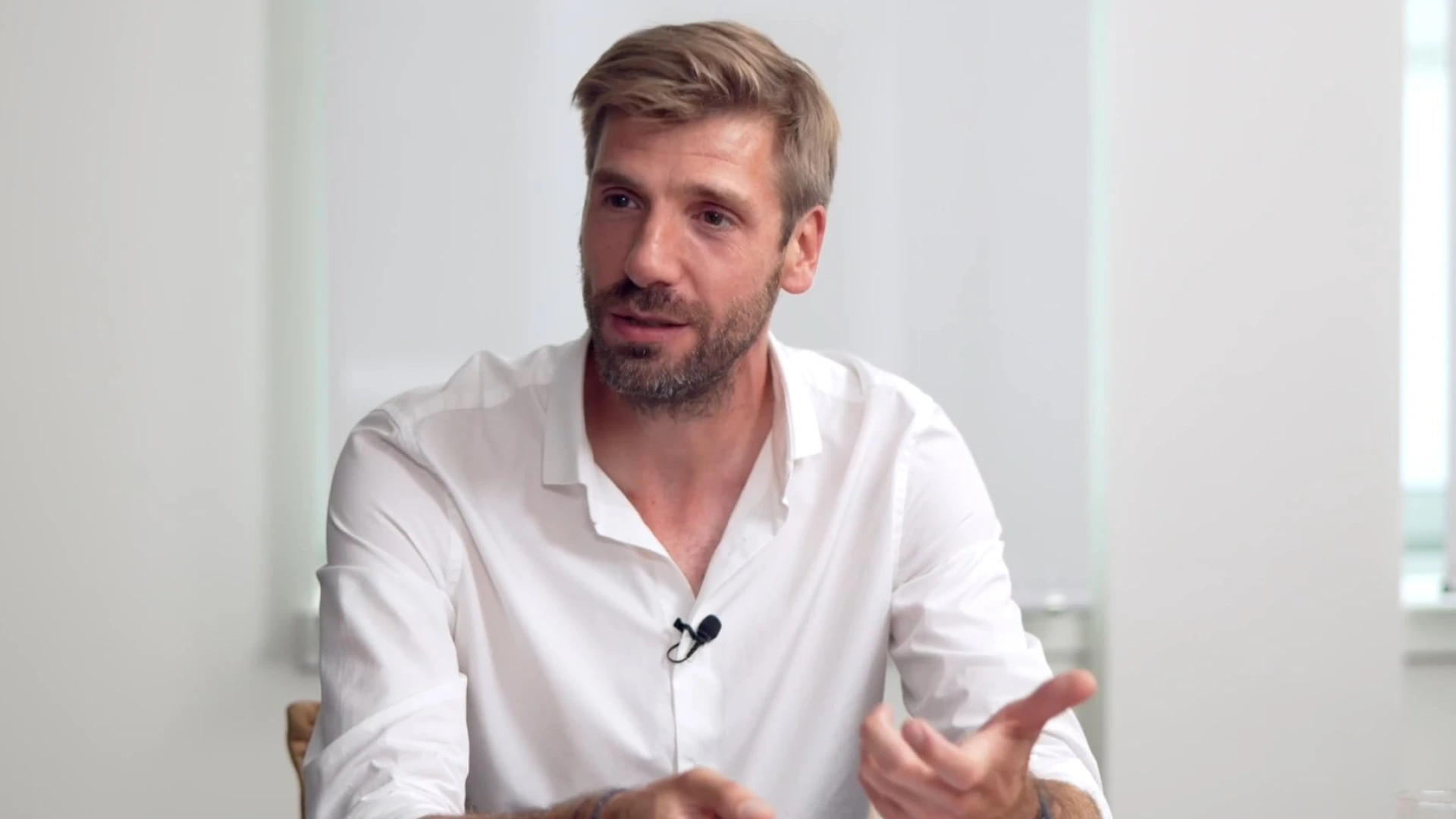

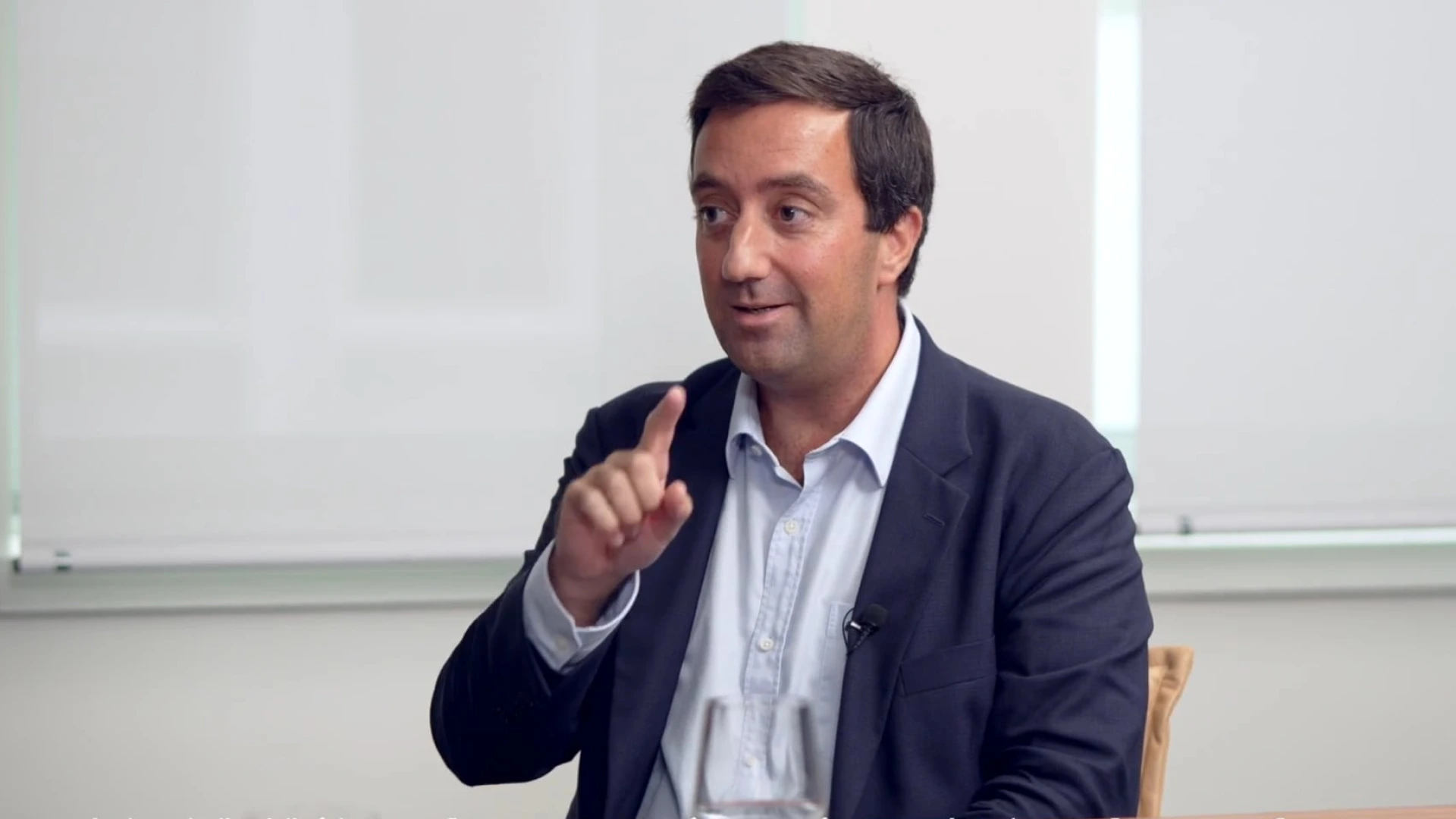
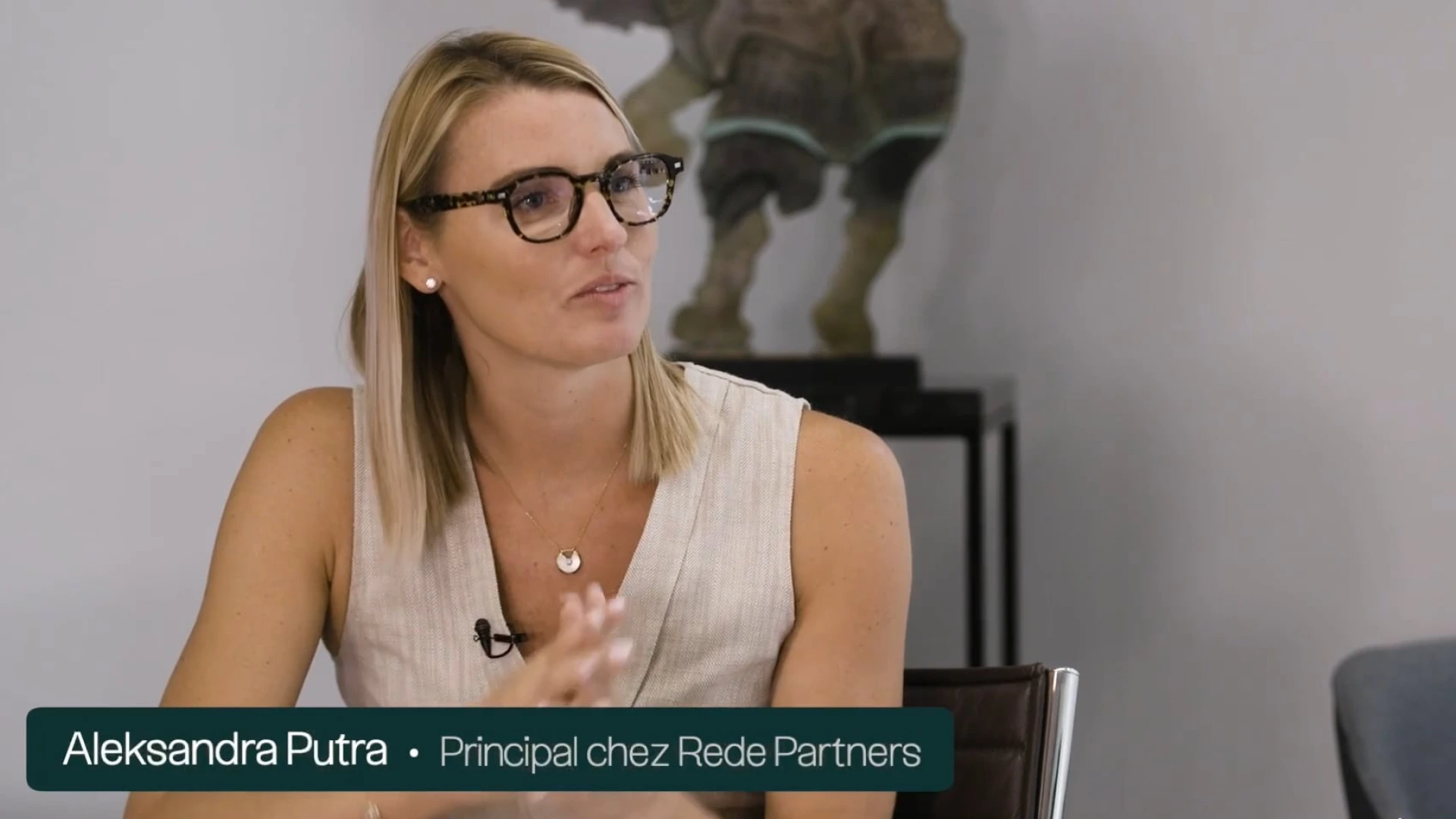
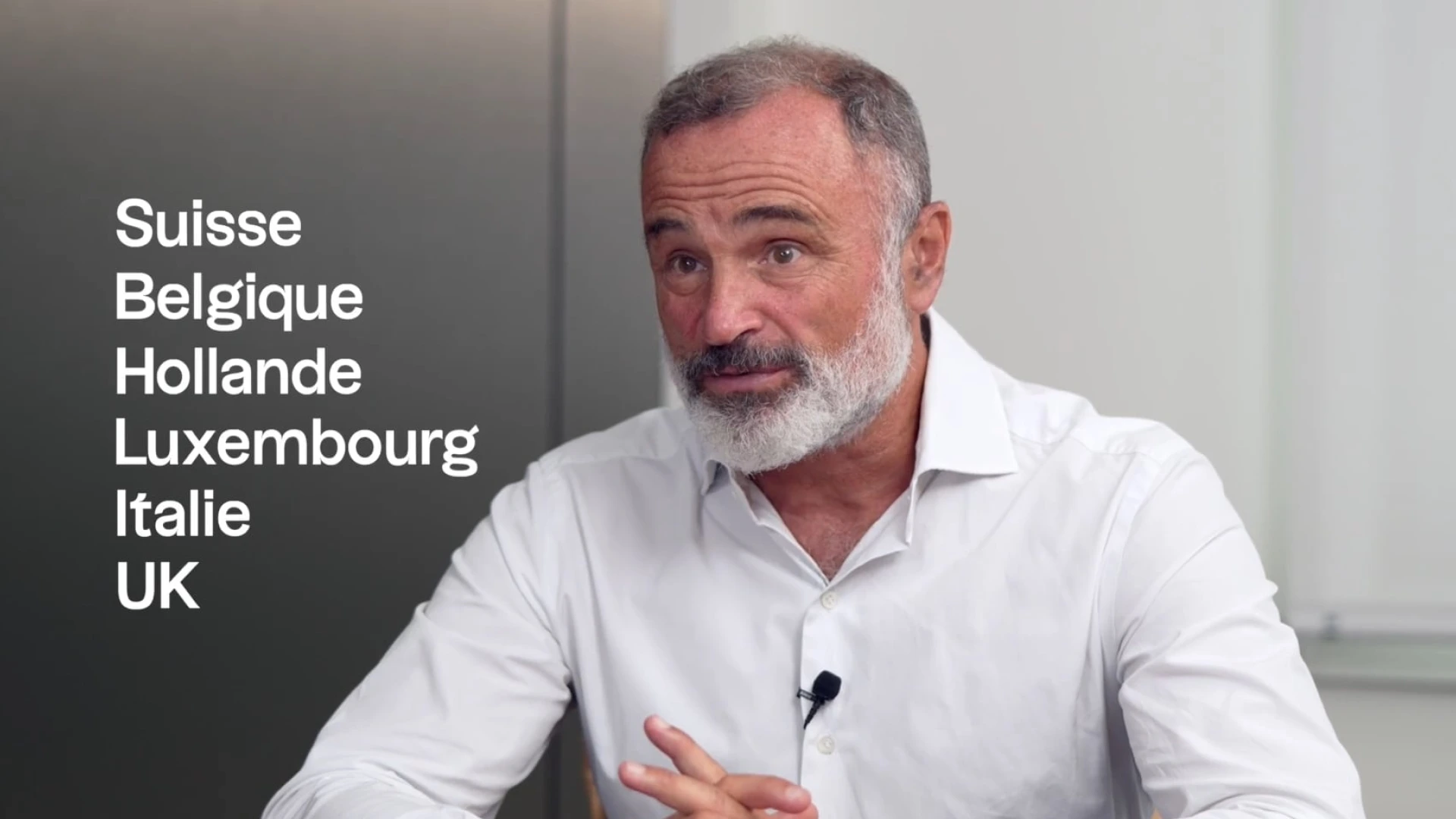
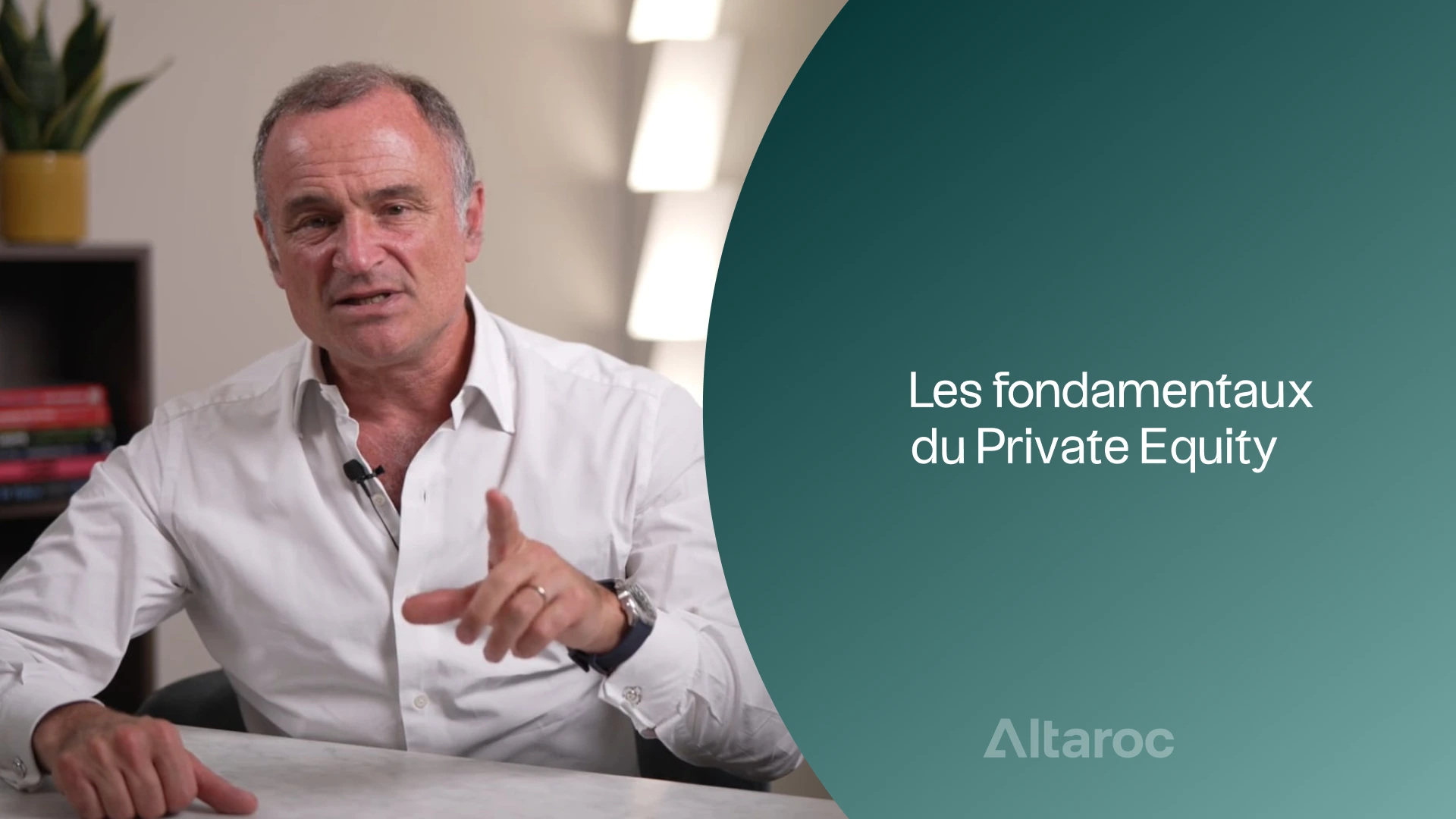

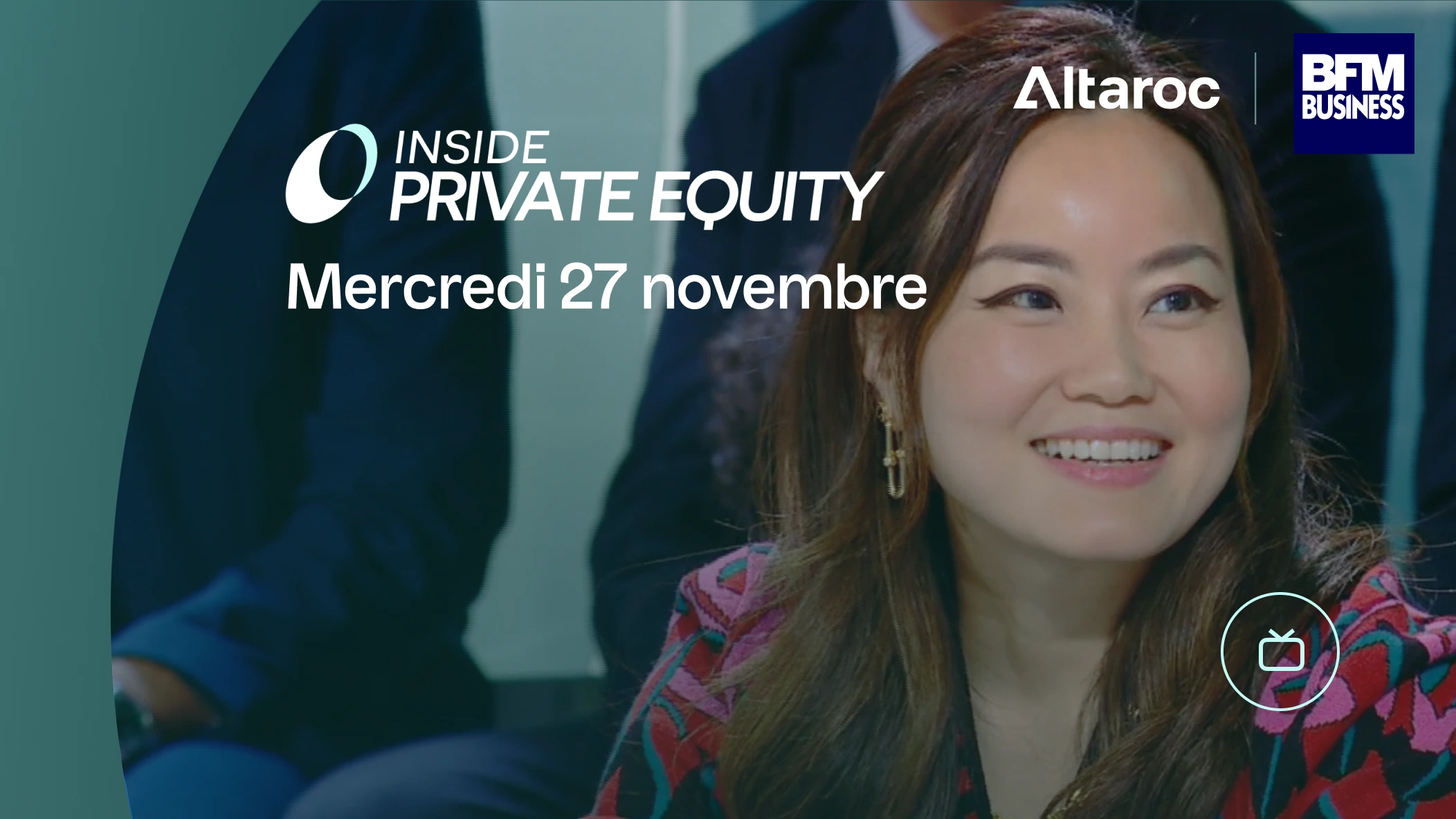
.webp)
.webp)
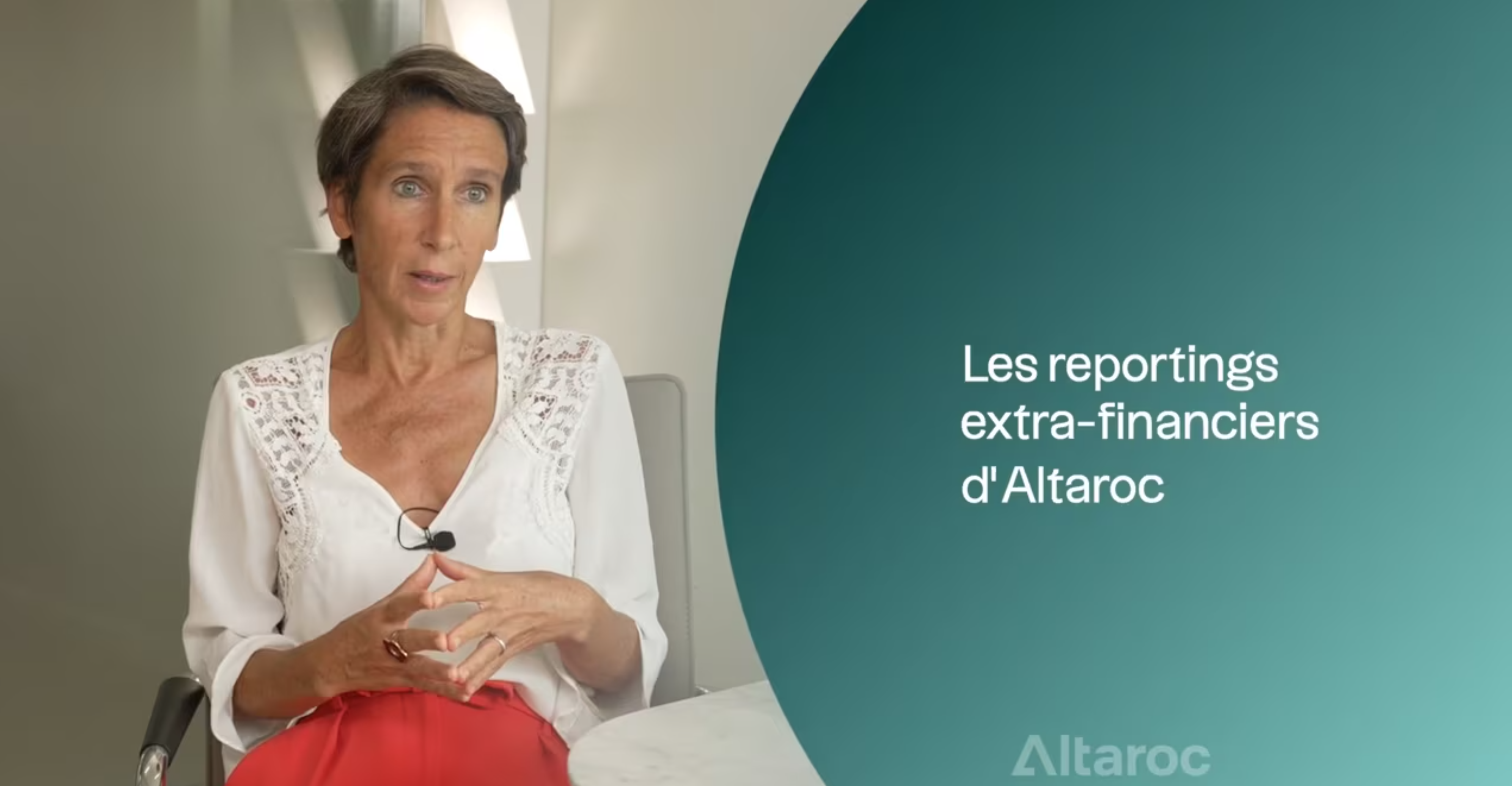

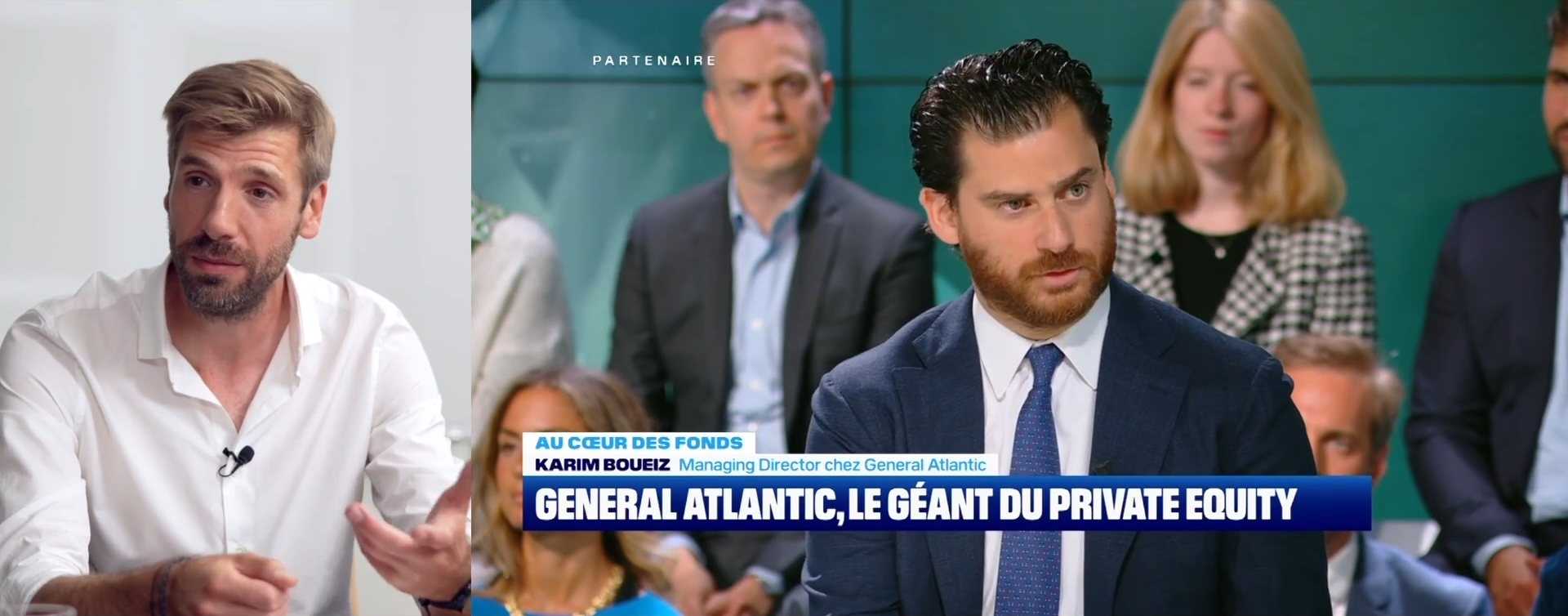
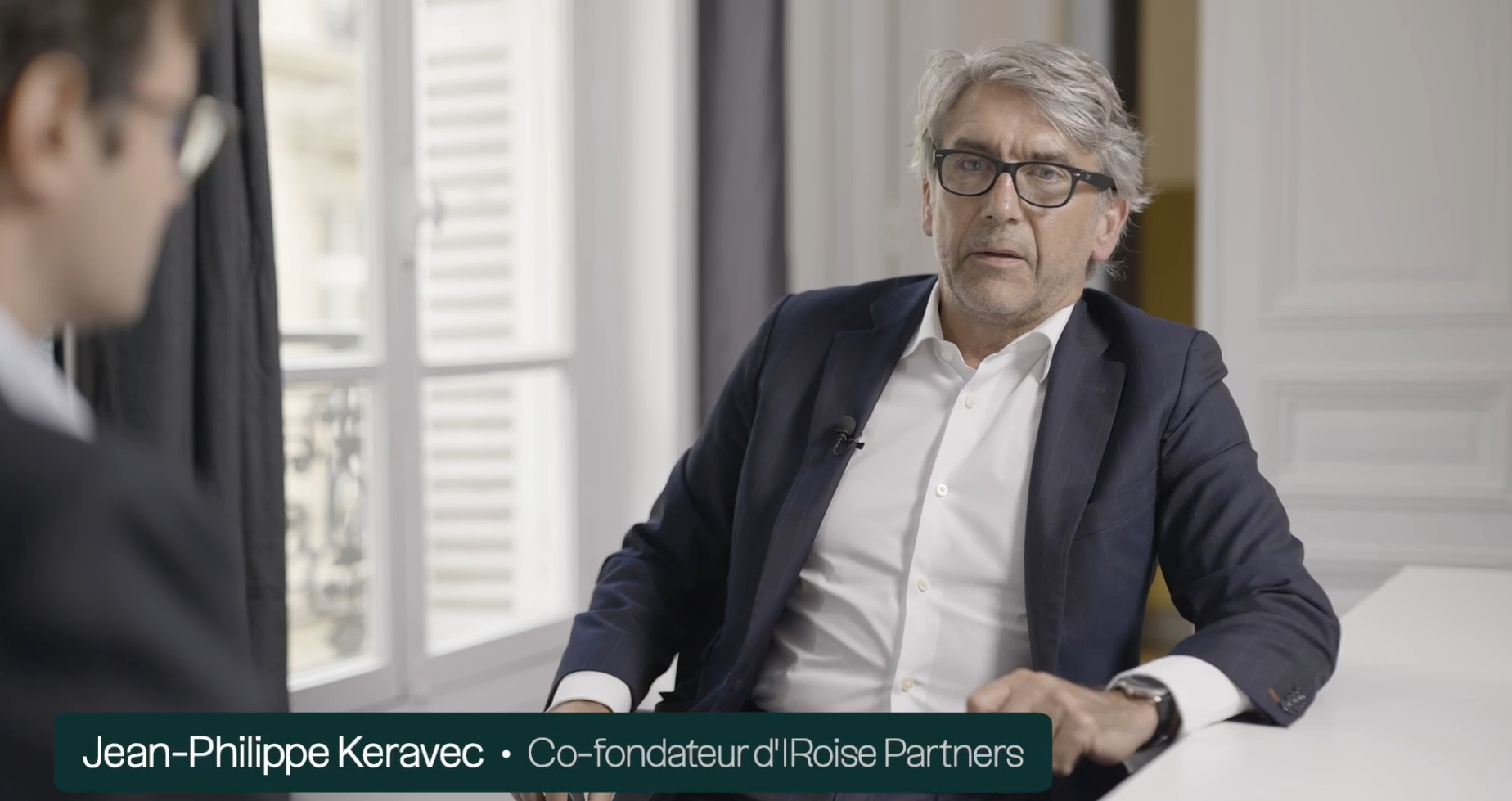
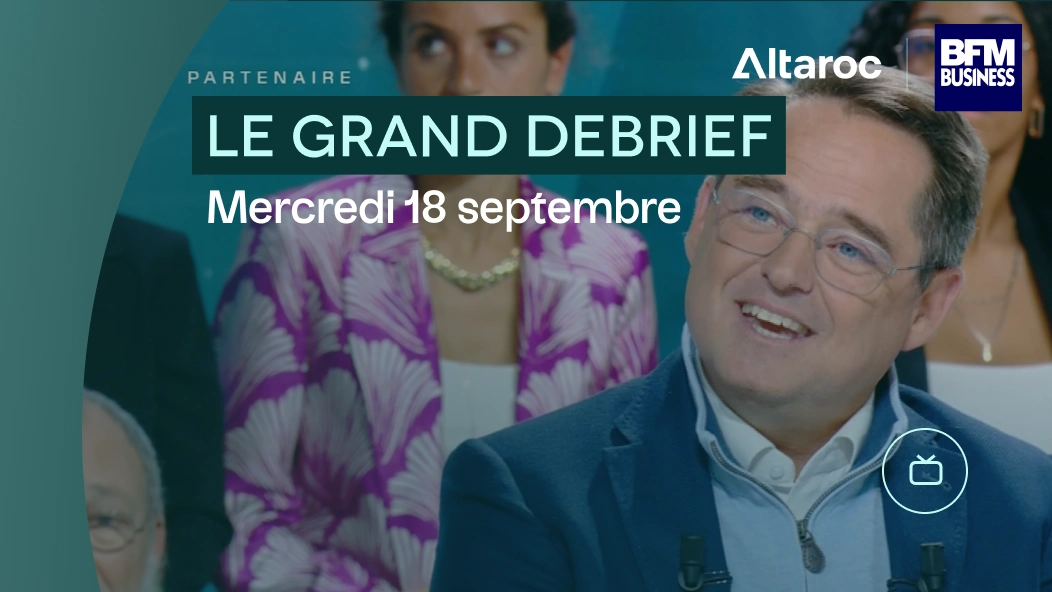
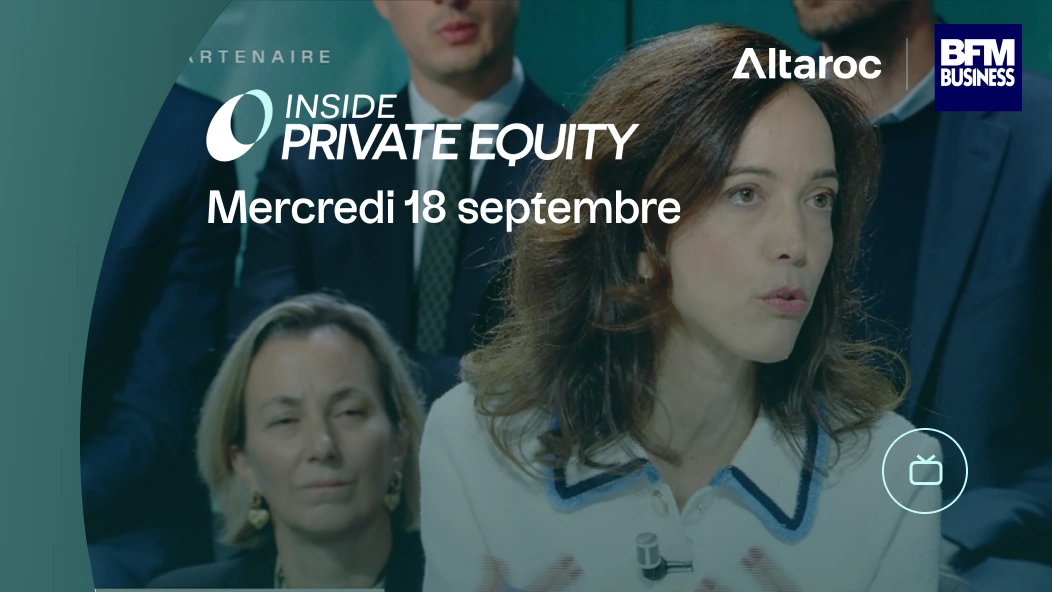
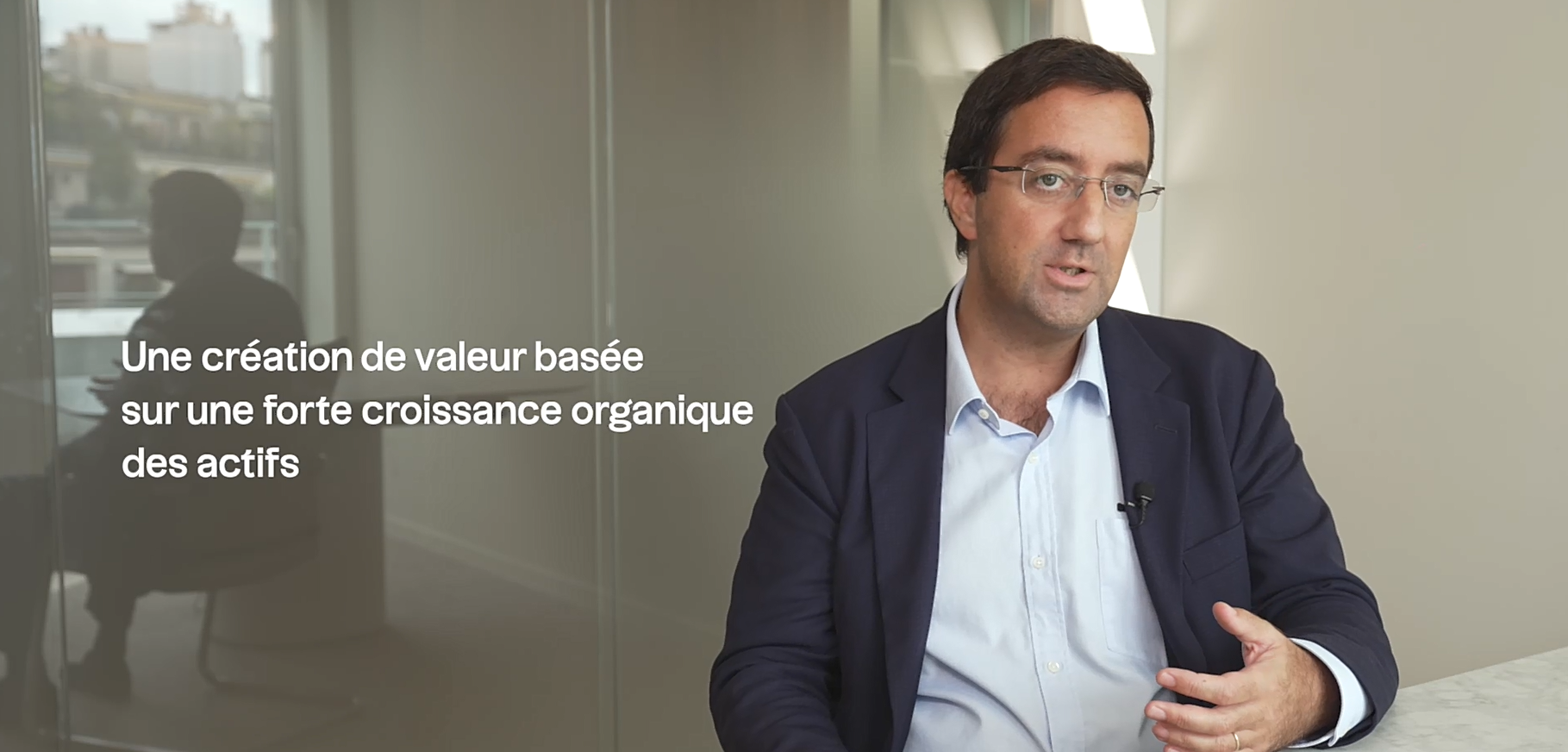

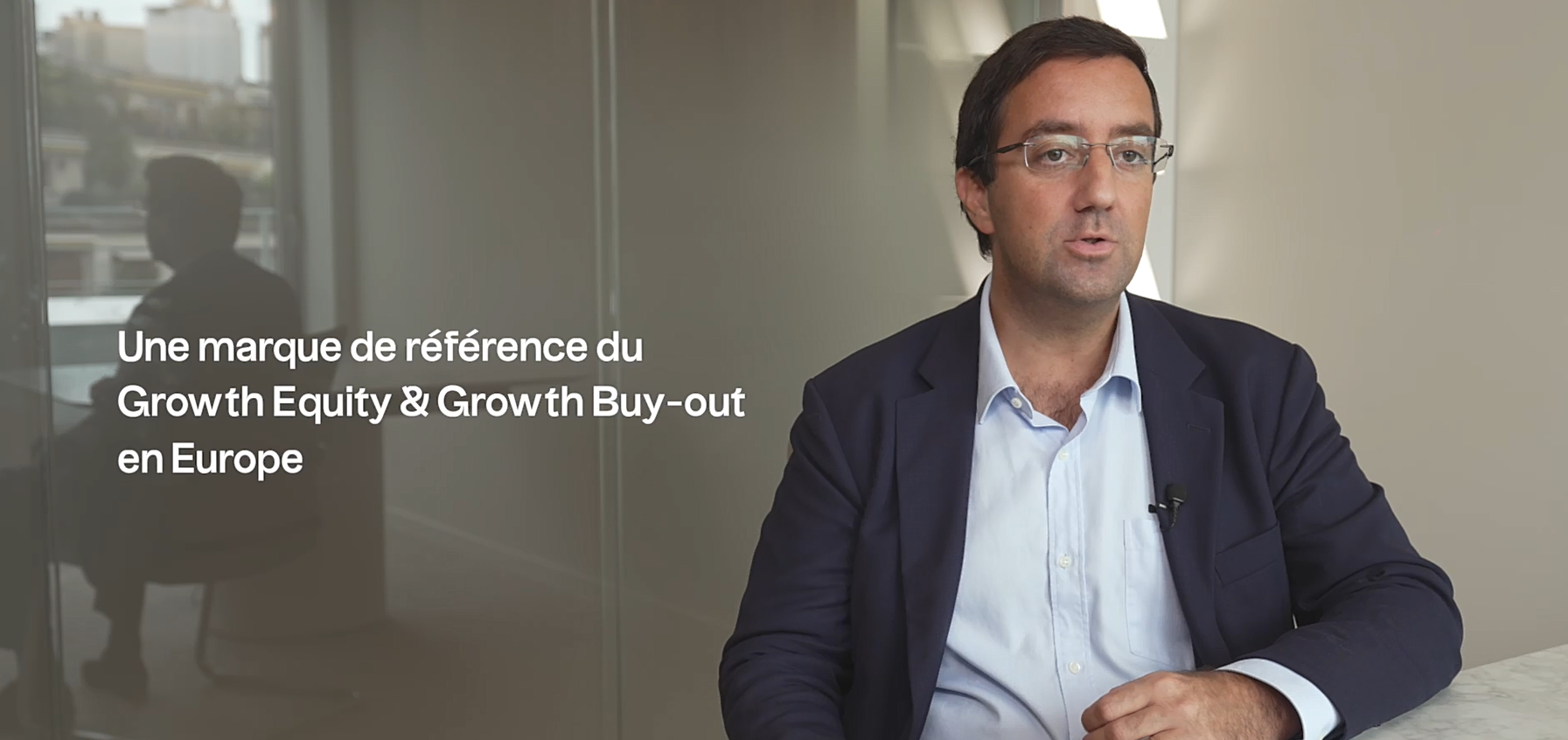
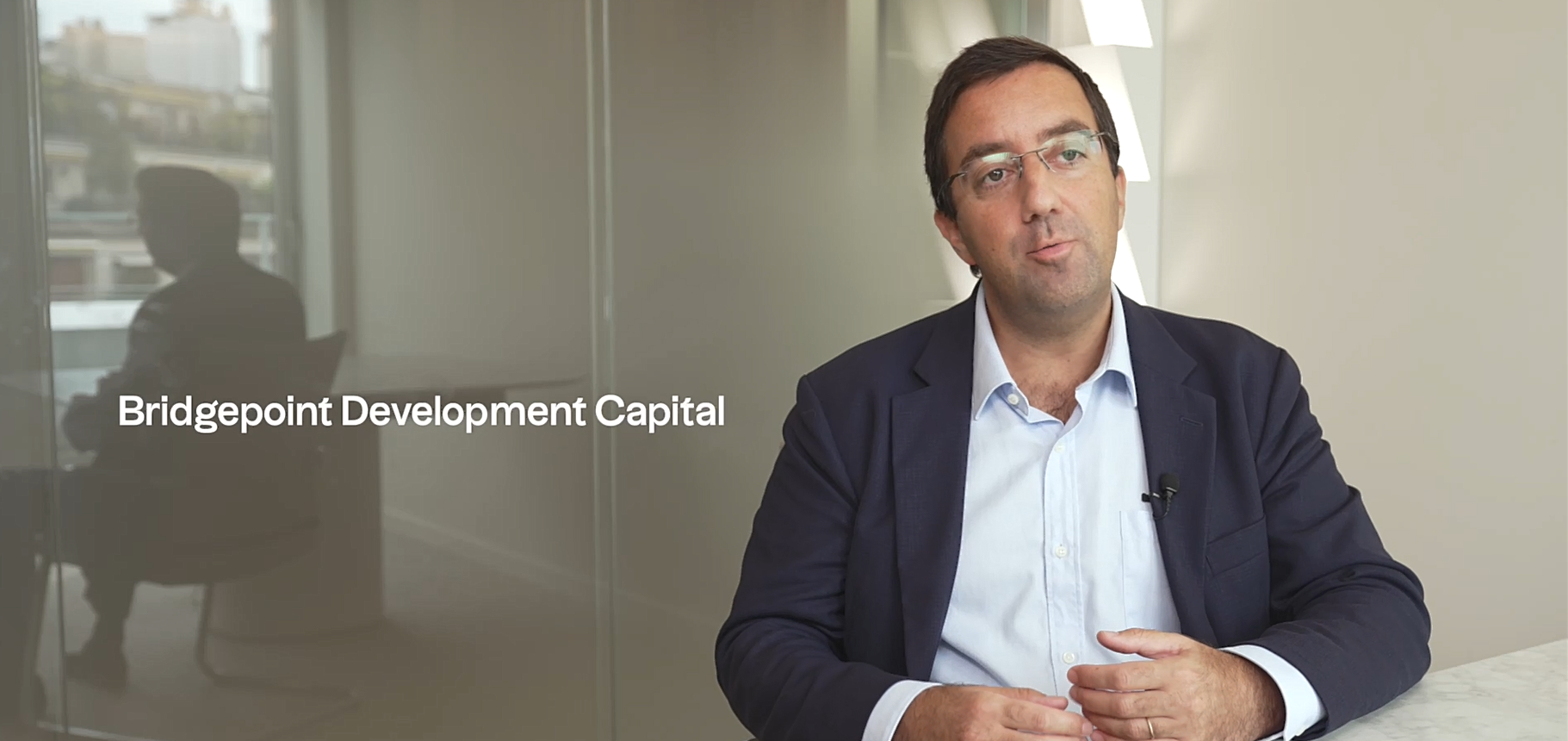
.jpeg)
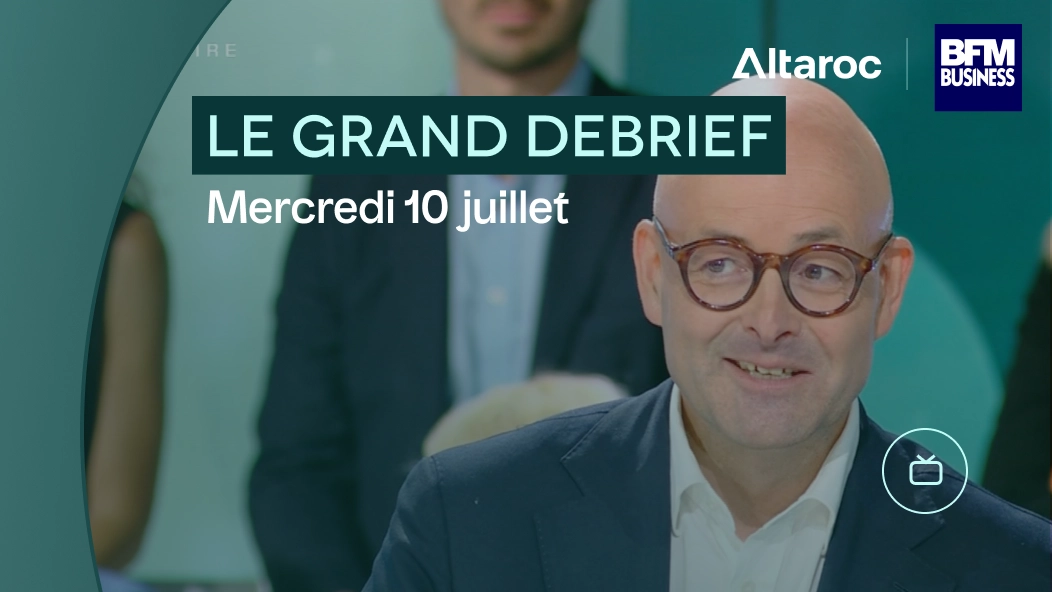
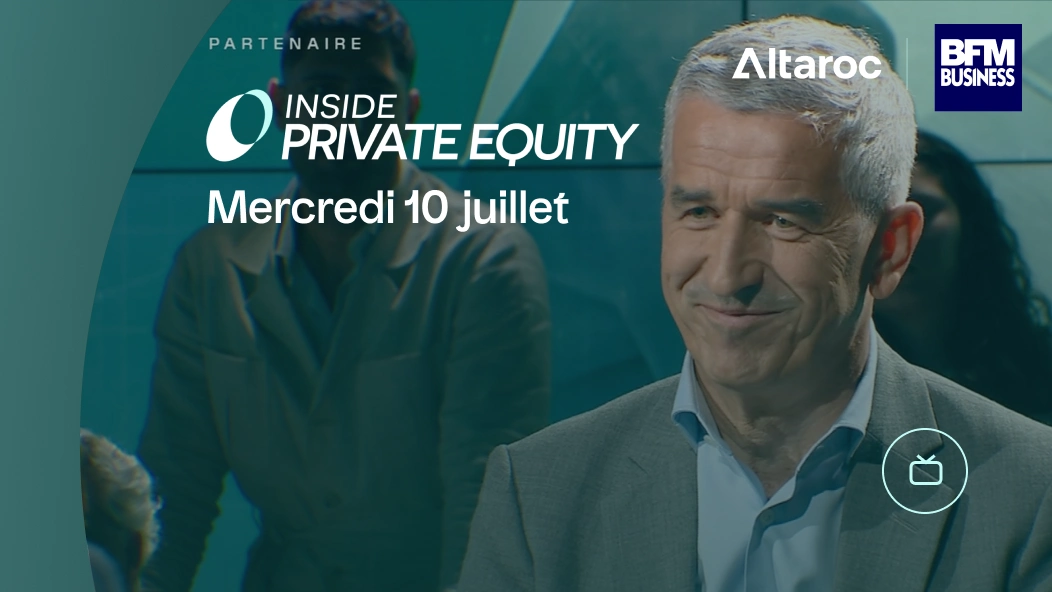
.webp)

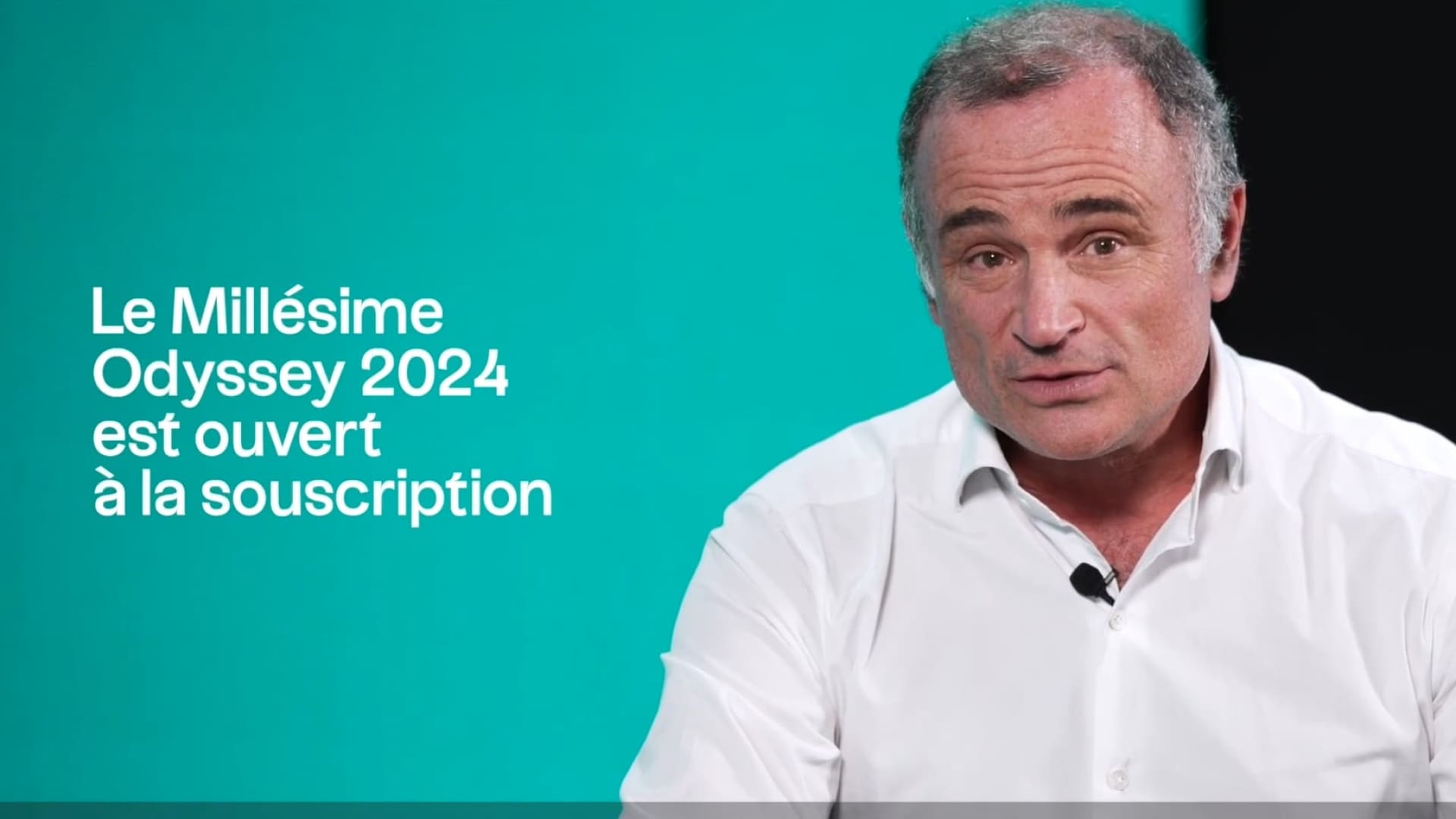



.jpeg)
